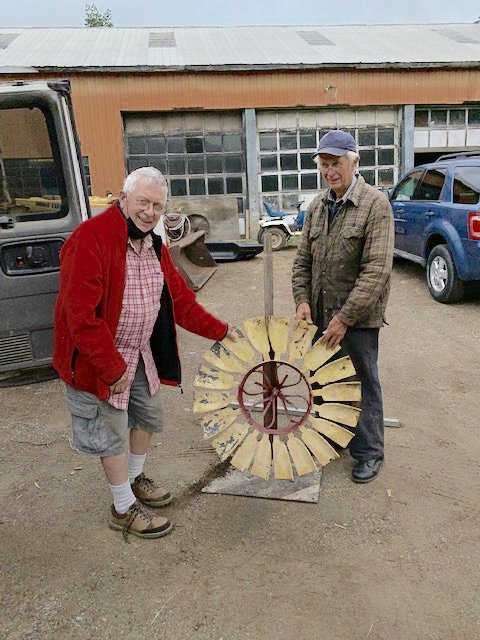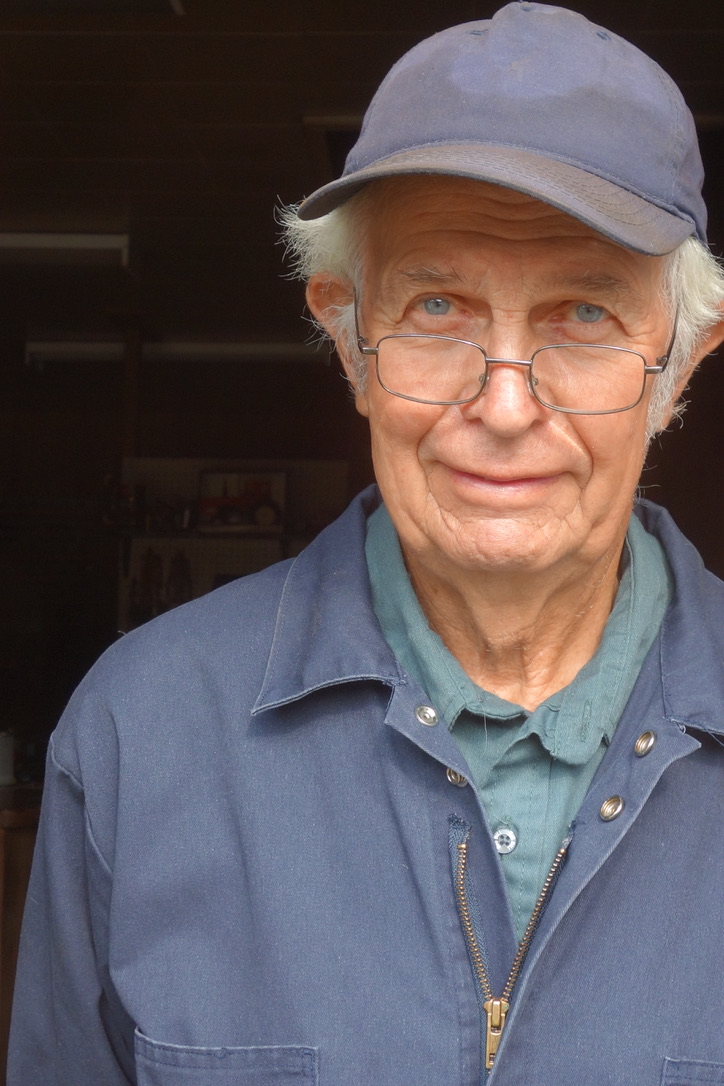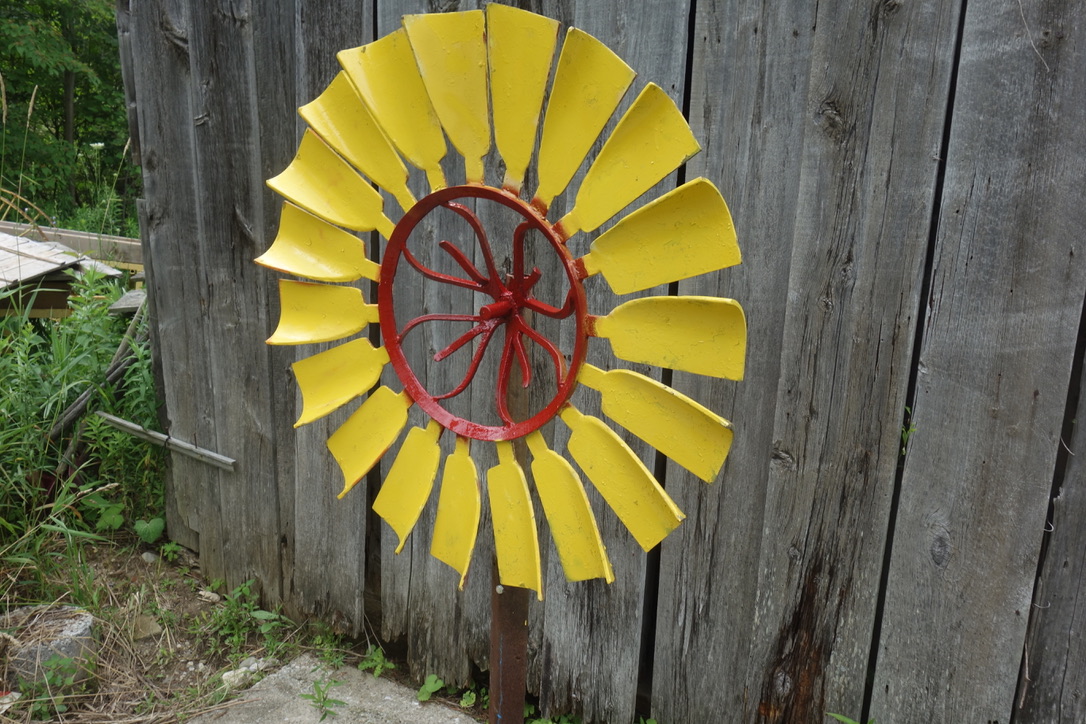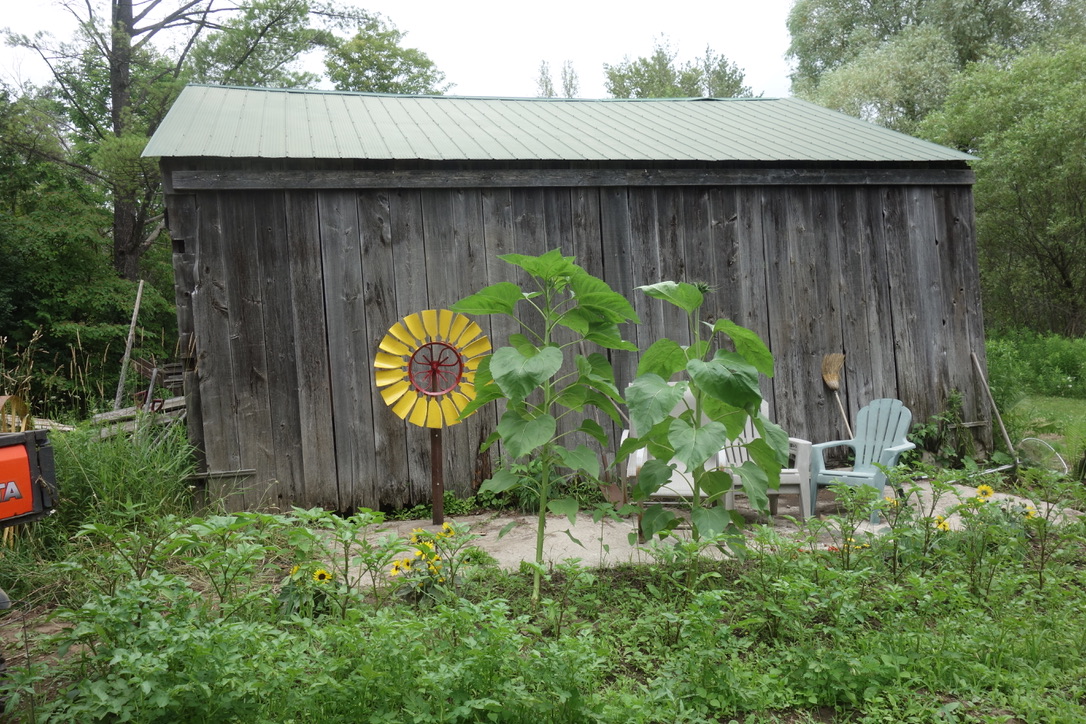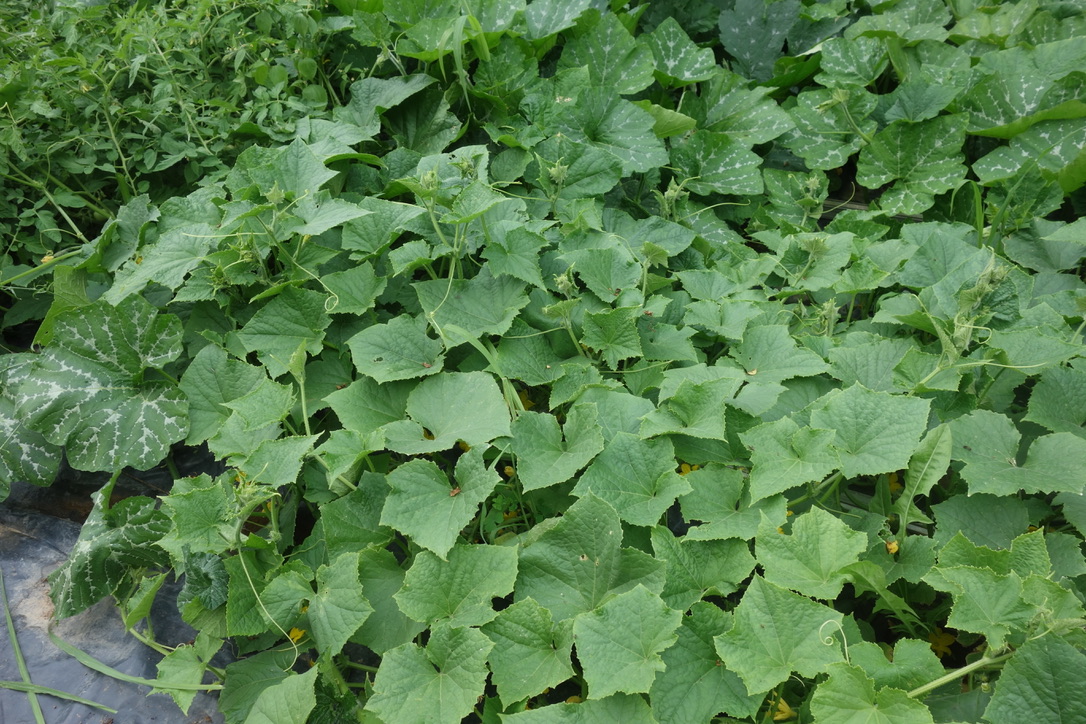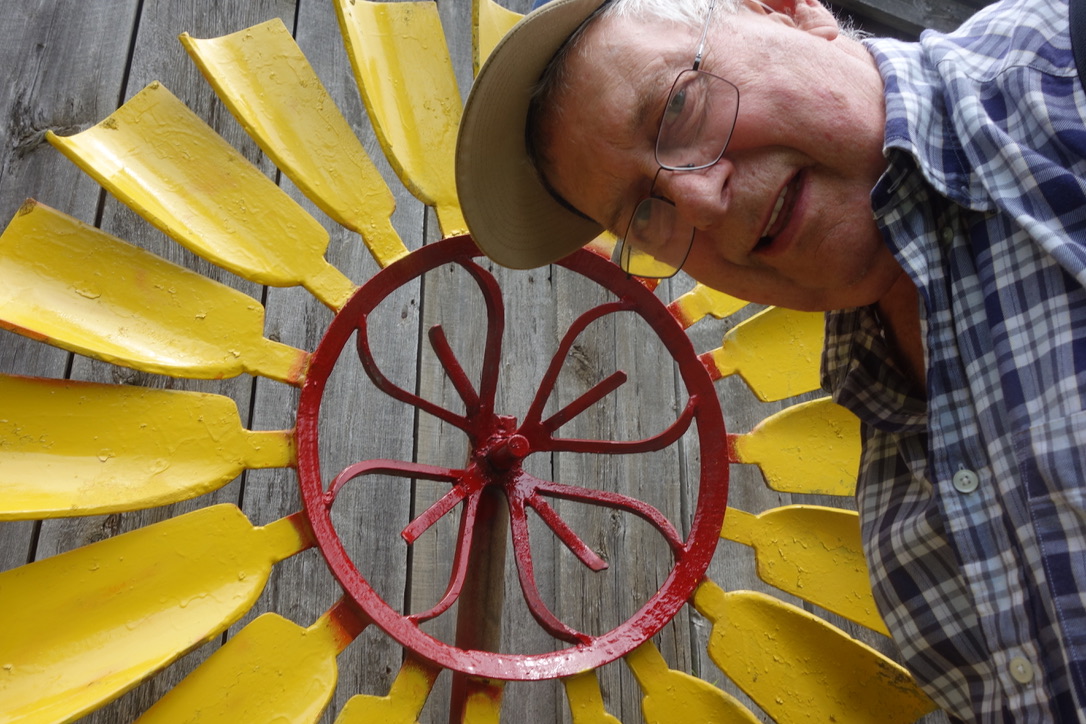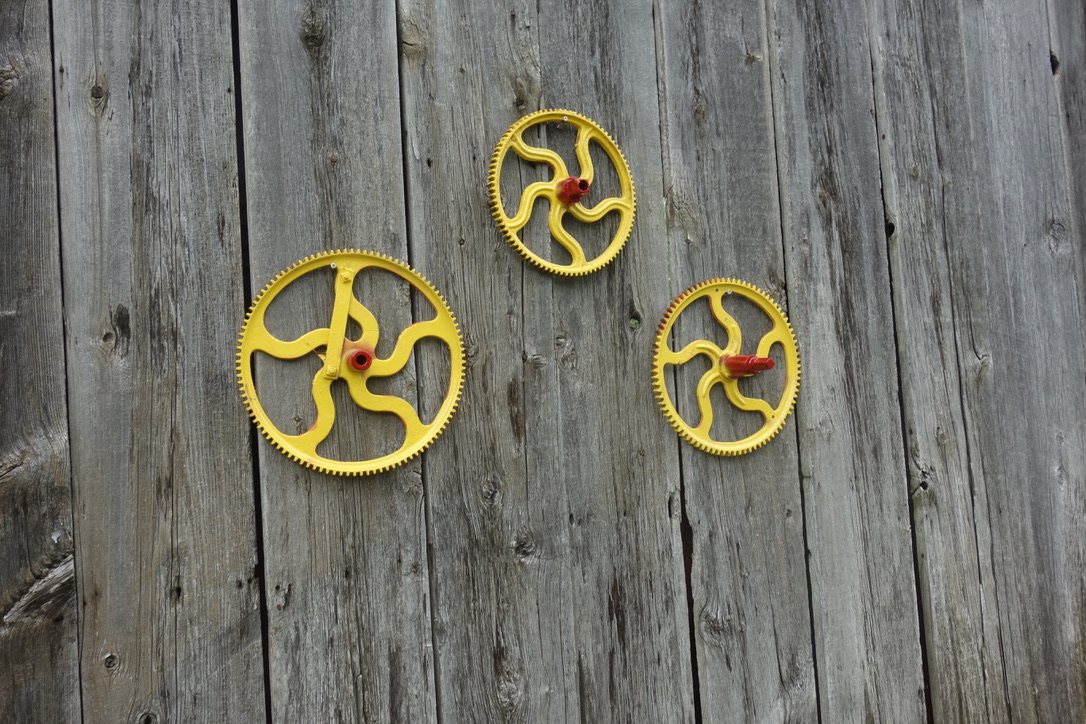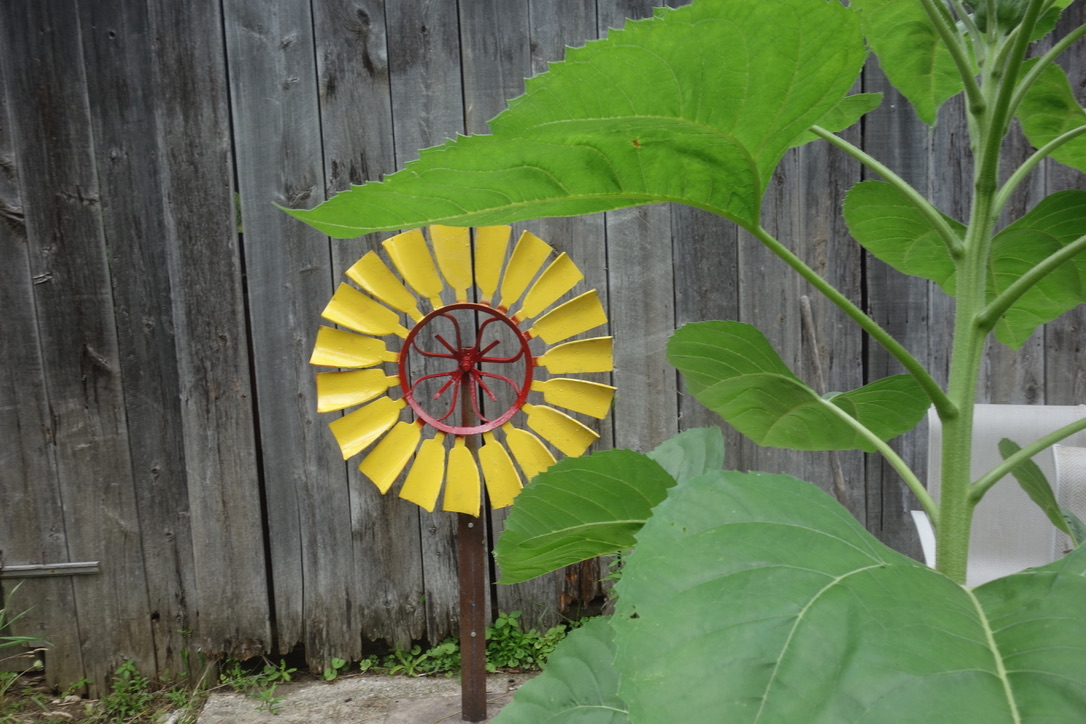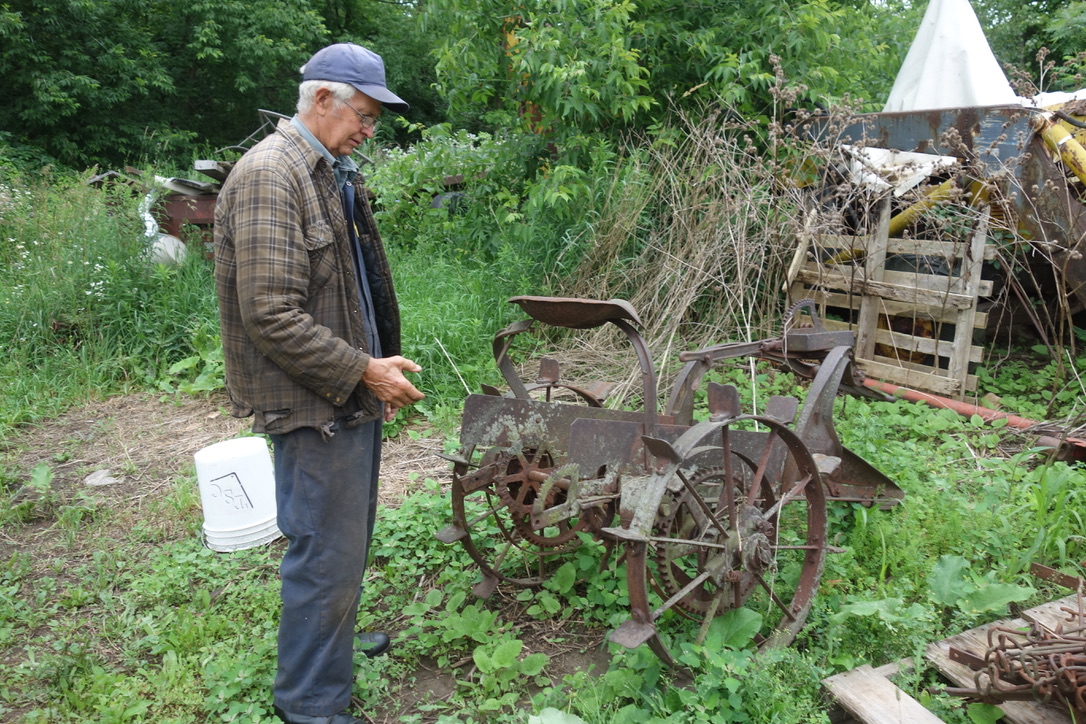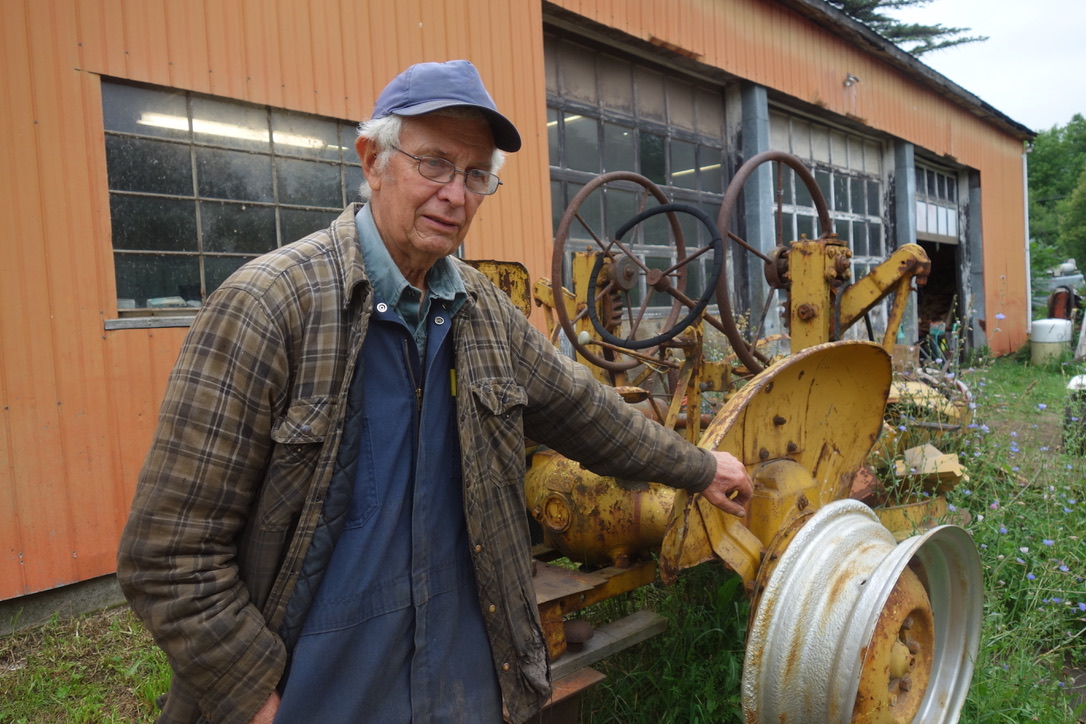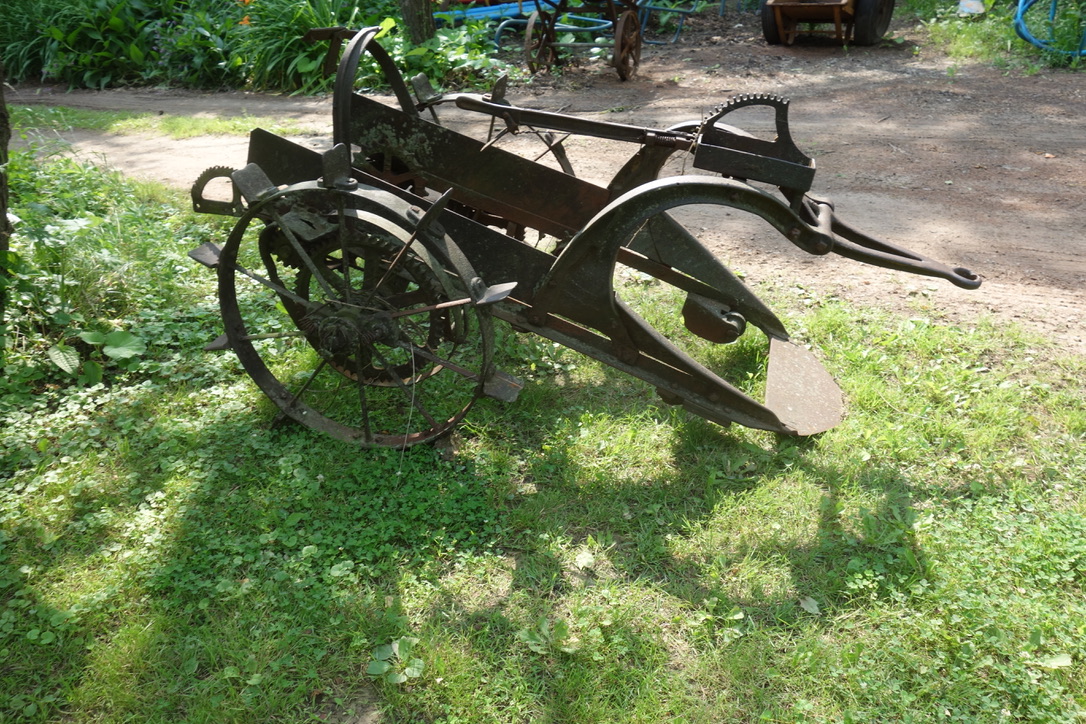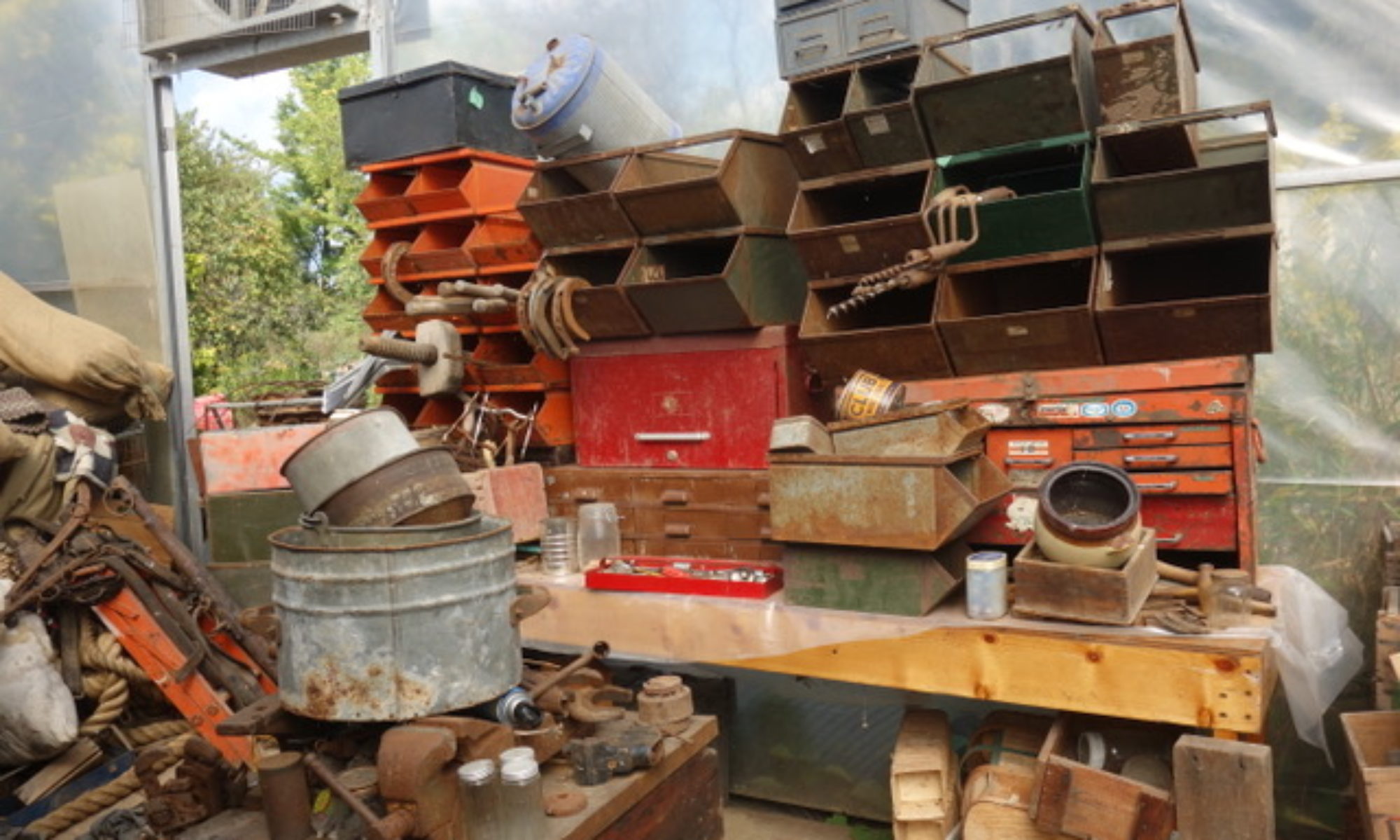correction 1880 to 1895 (thanks jeannette)
> On Jul 27, 2021, at 9:44 PM, ALAN SKEOCH <alan.skeoch@rogers.com> wrote: > > EPISODE 397 GEORGE EVERRIT GREEN, BORN FEB. 8, 1890, DIED Nov. 8, 1895 — STARVATION, ABUSE AND NEGLECT > > alan skeoch > July 2021 > > My wife Marjorie does not want me to tell this story again. In the 1990’s I researched and wrote about poor, fragile, handicapped, unwanted George > Everitt Green. The story haunts me to this day. In 1895 the story of his tragic death was known by all Canadians. Today his story crops > up now and again. In 1992 I wrote and delivered a short version of the story over CBC Radio Noon. The story does not rest well in Canada. Best forgotten. > Not long afterward my CBC producer told me over the phone, “We do not need you anymore.” I suspect the two events are > connected. > > I spent a lot of time and a fair bit of money putting the story together. I even travelled to Liverpool, England to confirm the records. Mike Brillinger > and I made a videotape on the desperate farm in North Keppel Township, Grey County, Ontario, where George was starved, beaten and > mistreated horribly by Rose Findlay for the seven months > of his life in Canada. Why did she treat him so miserably? She said to neighbour that she rather liked beating him. > > When the coroner was called to examine George’s body, he was horrified. George was curled up in a kind of fouled straw nest. His body was bruised and > cut, He was emaciated. His straw nest was also his toilet. What I remember from my manuscript was the strange red dots on his body. > > Rose Findlay was subsequently charged with murder. Her court case was big news across Canada. Most startling was the fact > that the jury could not agree that George was murdered. Rose got off. > > My manuscript goes into great detail as the court record reveals. Was George diseased when he arrived in Canada as a Barnardo child? > Dying? Or was he just a shy, little, abandoned boy…blind in one eye and crooked in the other eye. A London street waif at 6 years of age. > A slum child among the 30% of the population of England living in poverty. > > Have I got the guts to tell the story once more?<6437980855_dfa02cbde2.jpg> > > FRONT PAGE OF MY 1992 MANUSCRIPT > > 1992 September > > “No sign of life. In the garish light of a late September afternoon Mike Brillinger and I walked the unadorned > fields of the old Findlay farm, North Keppel Township, Grey County, Ontario. No buildings remain…no foundations… > just a small dump with rusted pots and broken dishes. It was here I believe George Everett Green was > murdered on November 8, 1895. His death remains a mystery. Helen Rose Findlay was charged wth his > murder but never convicted because the Owen Sound jury was split. Subsequently she was charged with > the lesser offence of child abuse and child neglect but she disappeared. What happened that November > when George died? There is lots of hearsay evidence in the court records.” > > “Just waking these desperate abandoned fields now overgrown with wild apples,burdock, goldenrod and > red clover has been an experience I cannot forget.” > > CONTINUED…MAYBE
EPISODE 397 GEORGE EVERRIT GREEN, BORN FEB. 8, 1890, DIED Nov. 8, 1895 — STARVATION, ABUSE AND NEGLECT
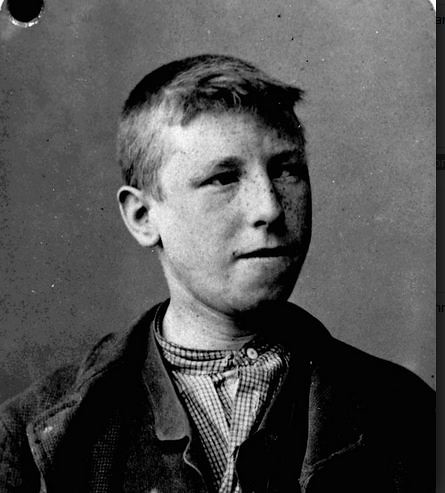
EPISODE 396 DAMAGED 15 FOOT ROWBOAT….LOVED BY HEMINGWAY, COLERIDGE, STEINBECK…SKEOCHS


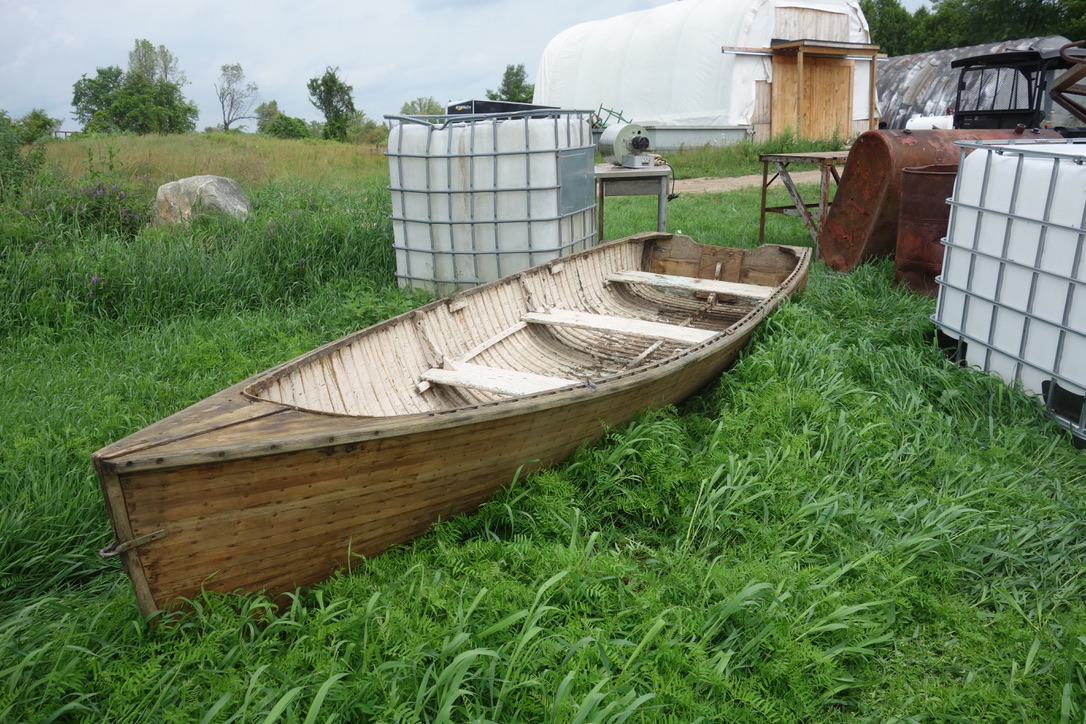
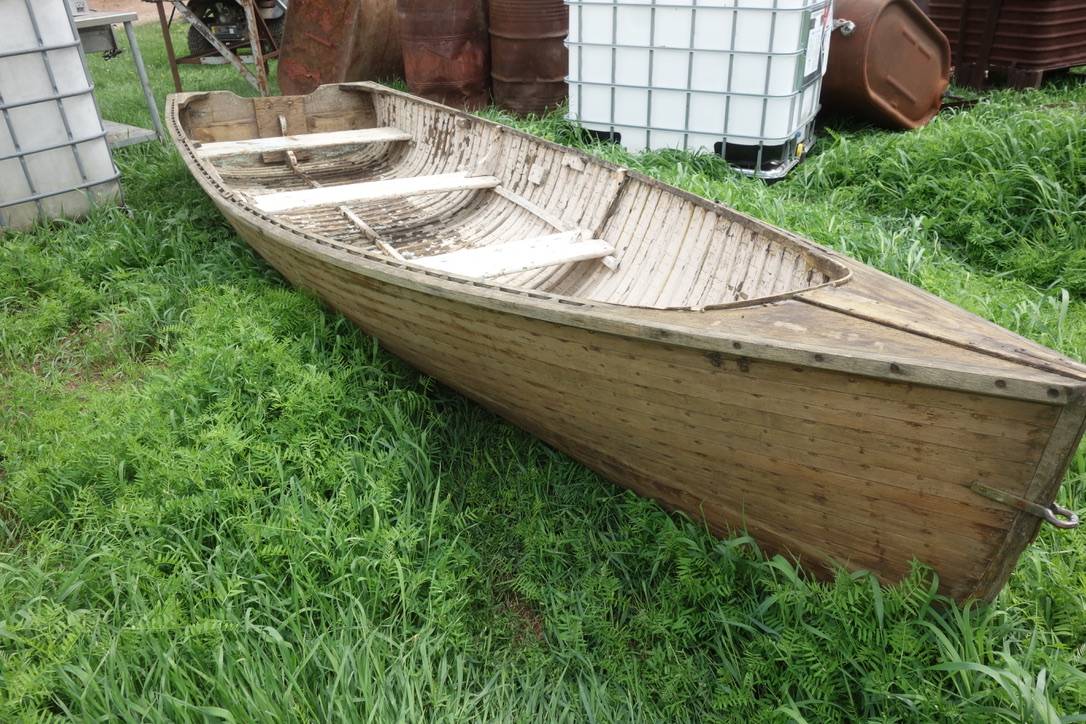
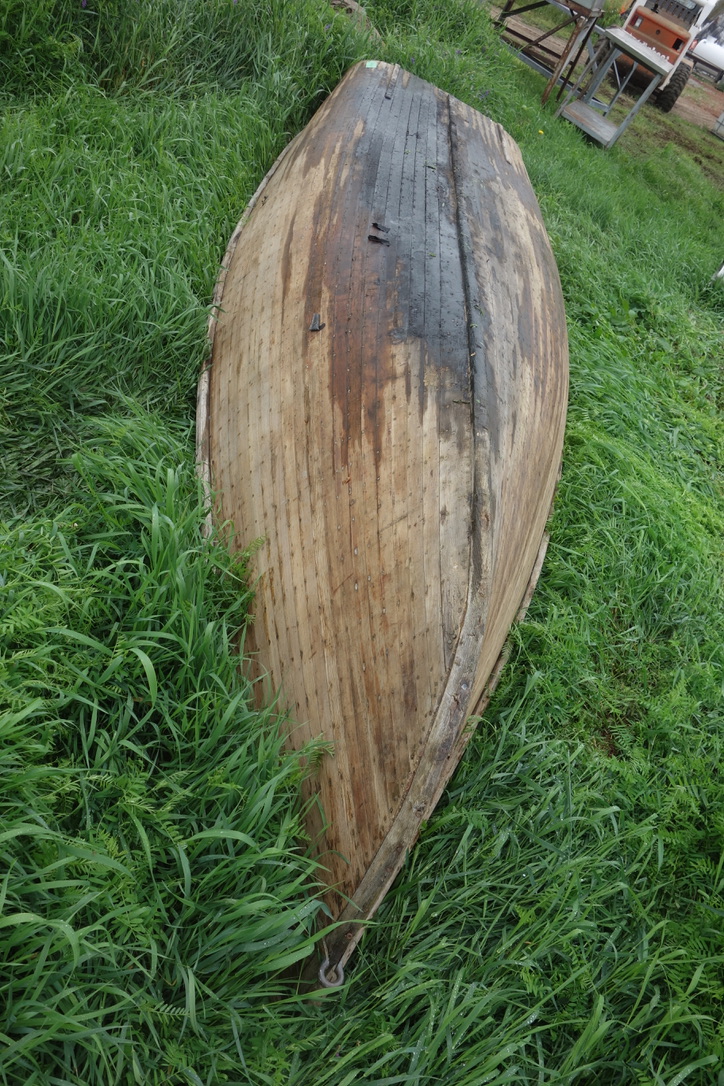
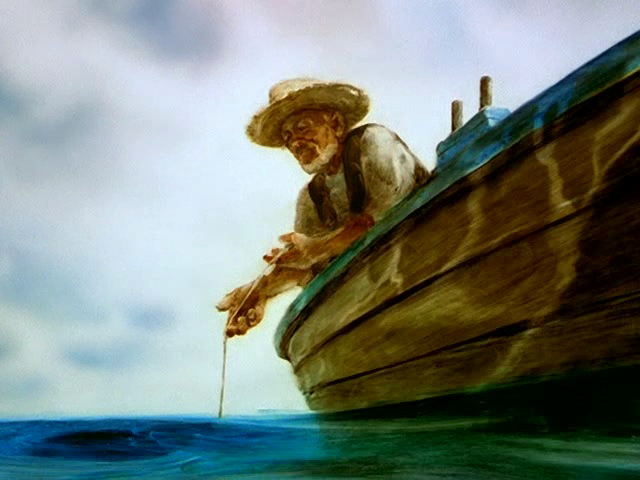
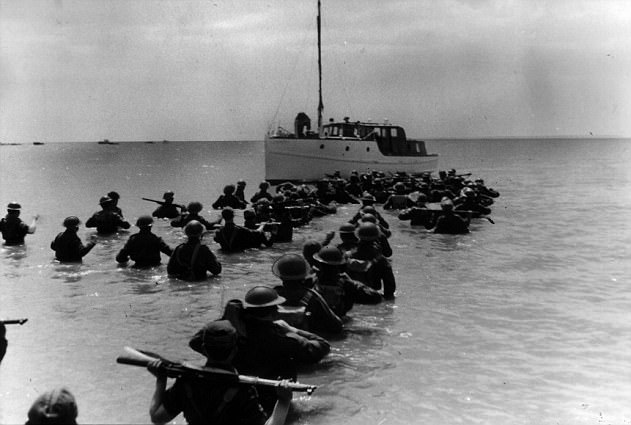

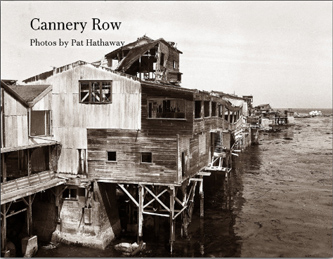

Fwd: EPISODE 394 CHOKECHERRIES.. LOVED TO EAT THEM EVEN IF LEAVES, BARK, TWIGS, PITS WERE POISON TO CATTLE AND HORSES…CYANIDE
EPISODE 394 LOVED TO EAT THEM EVEN IF LEAVES, BARK, TWIGS, PITS WERE POISONOUS
(I did not know they were poison until yesterday July 21, 2021…some 70 years later)
alan skeoch
July 21, 2021
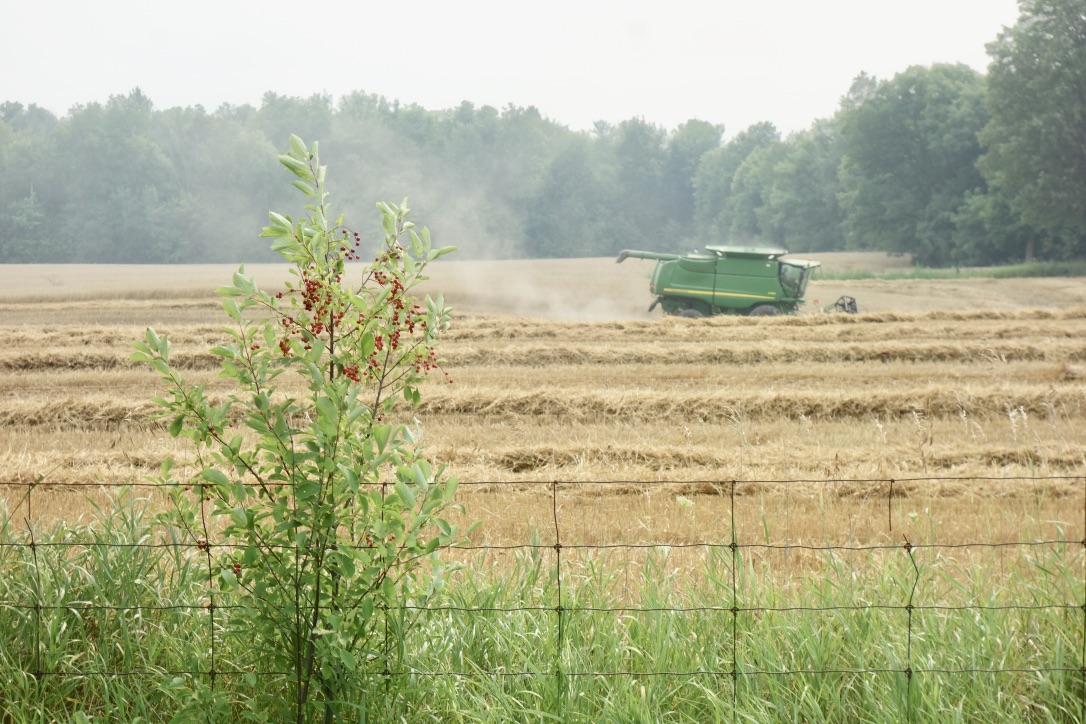
“GRAB A HANDFULL OF THE BERRIES AS I SWNG THE TRACTOR AND WAGON”, said Angus.
Every threshing season when we were
small was a time of hard labour for all generations. As kids we had various jobs one of which was rearranging ‘stukes’
of bound bundles of grain on the hay wagon. This was a bit tricky in that we were armed with pitchforks and had
to move fast. We did this labour on the Townsend farm, the Freeman farm and the McEchern farm. All Wellington County
farms. Angus McEchern
always steered to the fencerow occasionally so we could feast while working.
QUESTION: WHAT were we eating? Memories of the past were overtaking.
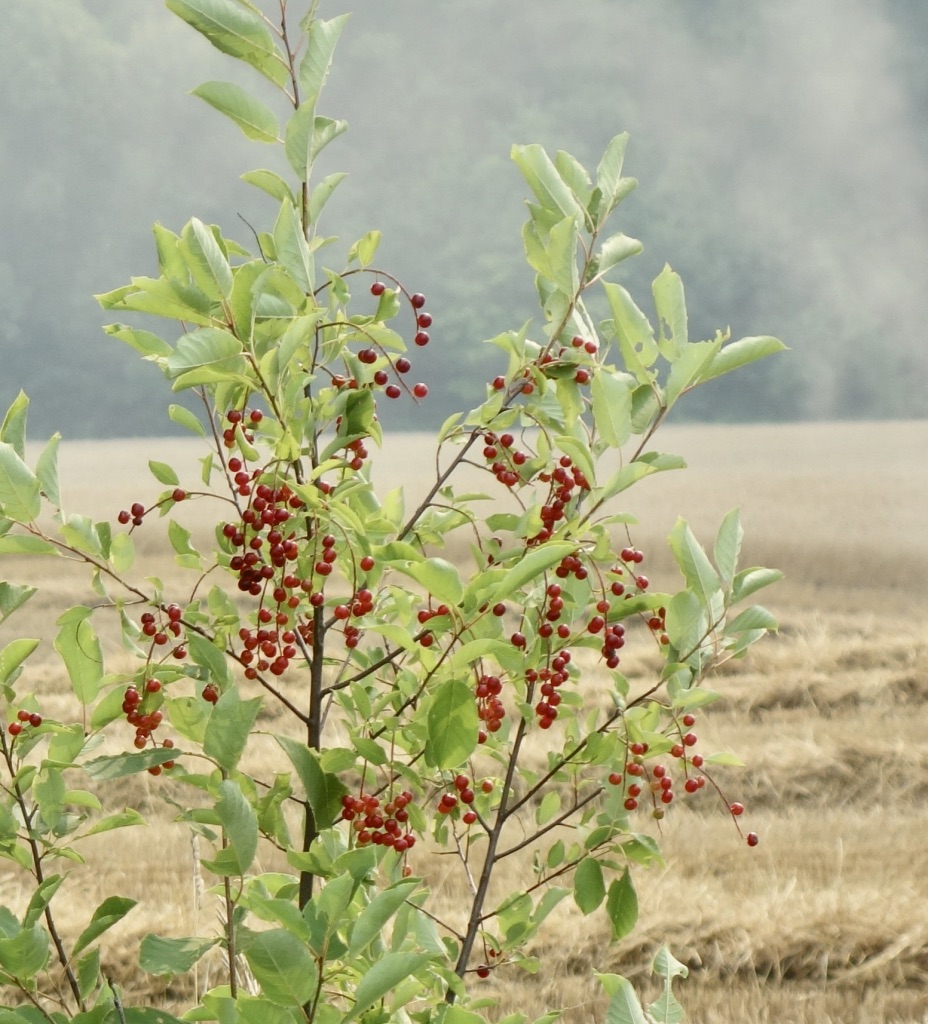



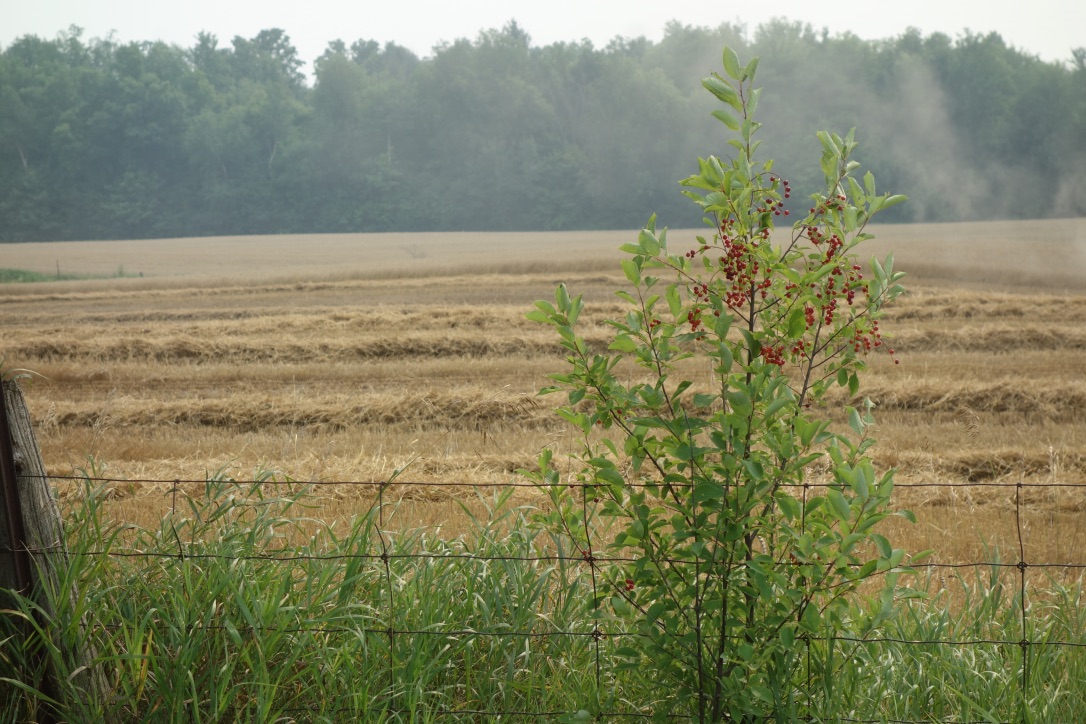
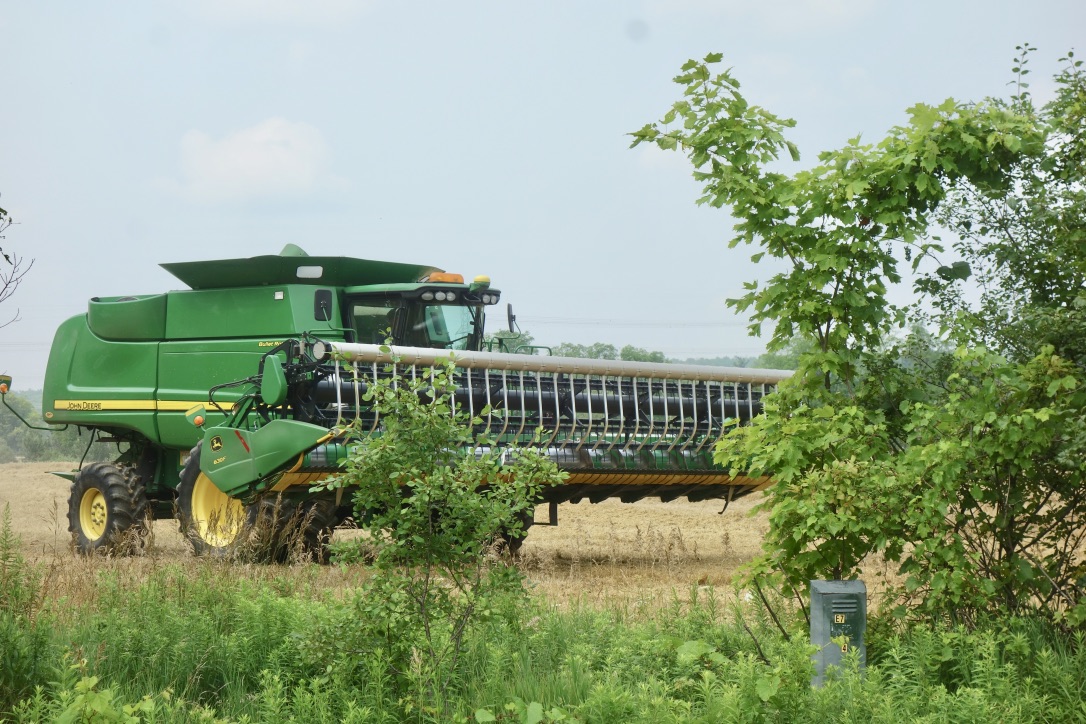


Question: I would like your opinion on the edibility of chokecherries (Prunus virginiana). Is it true their berries are poisonous?
I’m a bit confused, as several websites mention that chokecherries are an excellent food for birds and some even say they can be used to make jams and syrups. But what really bowled me over was a page on the Canadian Poisonous Plants Information System. It states “Children have been poisoned and have died after ingesting large quantities of berries, which contain the seeds. All types of livestock can be poisoned by ingesting the plant material.”
I was appalled, as when I was young, we used to eat handfuls of chokecherries straight from the tree and we suffered no ill consequences. How is it possible that the berries can be both poisonous and non-poisonous?
Pierre Nadeau
Answer: I too used to eat the chokecherries as a boy, in spite of their astringent and none-too-sweet taste.
The secret is that it’s the pit (seed) that is toxic, not the fruit’s rather meager flesh. All cherries and other species of Prunus have poisonous pits. They contain amygdalin, a product the body converts into cyanide, a deadly poison, after consumption. However, people usually don’t eat cherry pits, not even those as small as the ones found in chokecherries. Instead, we spit them out, and thus suffer no risk of poisoning.
Cattle and other livestock eat chokecherries whole and can become poisoned if they swallow too many. Note that the text you found on the web specifies in the text that the children who died had swallowed the seeds.
EPISODE 394 LOVED TO EAT THEM EVEN IF LEAVES, BARK, TWIGS, PITS WERE POISON TO CATTLE AND HORSES
EPISODE 384 LOVED TO EAT THEM EVEN IF EAVES, BARK, TWIGS, PITS WERE POISONOUS (I did not know they were poison until yesterday…70 years later)
alan skeoch July 21, 2021
Today my story will be late…i.e. evening.
Why? Big load returning from a movie set. But let me send this teaser. Every threshing season when we were small was a time of hard labour for all generations. As kids we had various jobs one of which was rearranging ‘stukes’ of bound bundles of grain on the hay wagon. This was a bit tricky in that we were armed with pitchforks and had to move fast. We did this labour on the Townsend farm, the Freeman farm and the McEchern farm. All Wellington County farms. Angus McEchern always steered to the fencerow occasionally so we could feast while working.
QUESTION: WHAT were we eating? Full story coming.
EPISODE 393 BACK TO SQUARE BAILS…DID YOU NOTICE? JULY 20, 2021




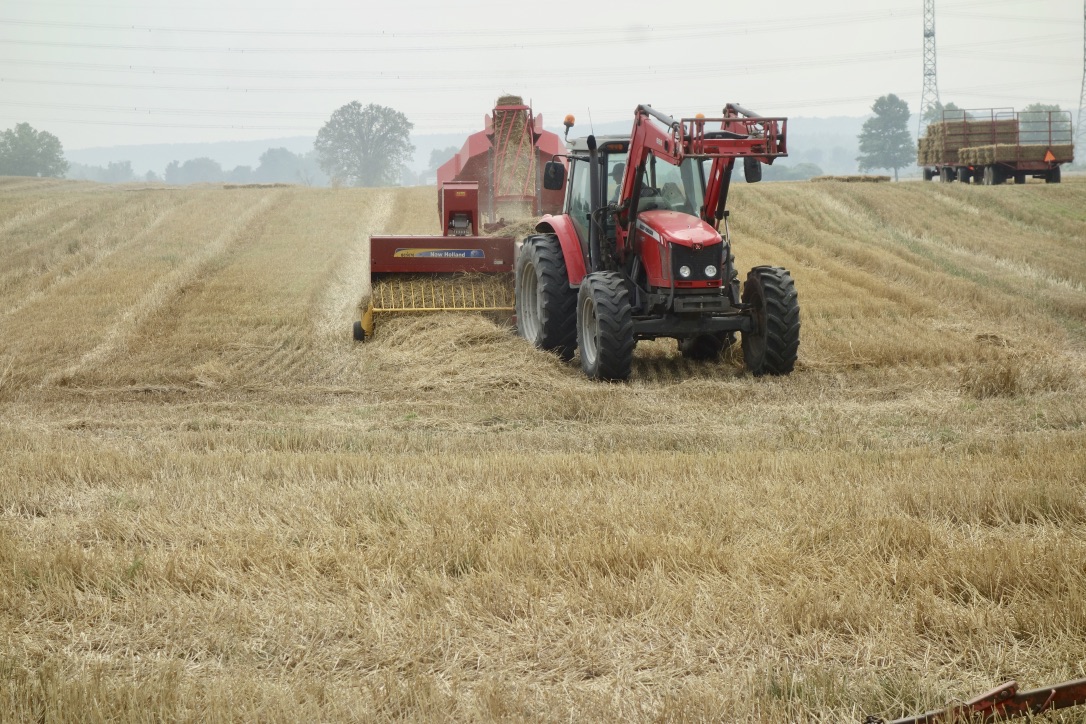
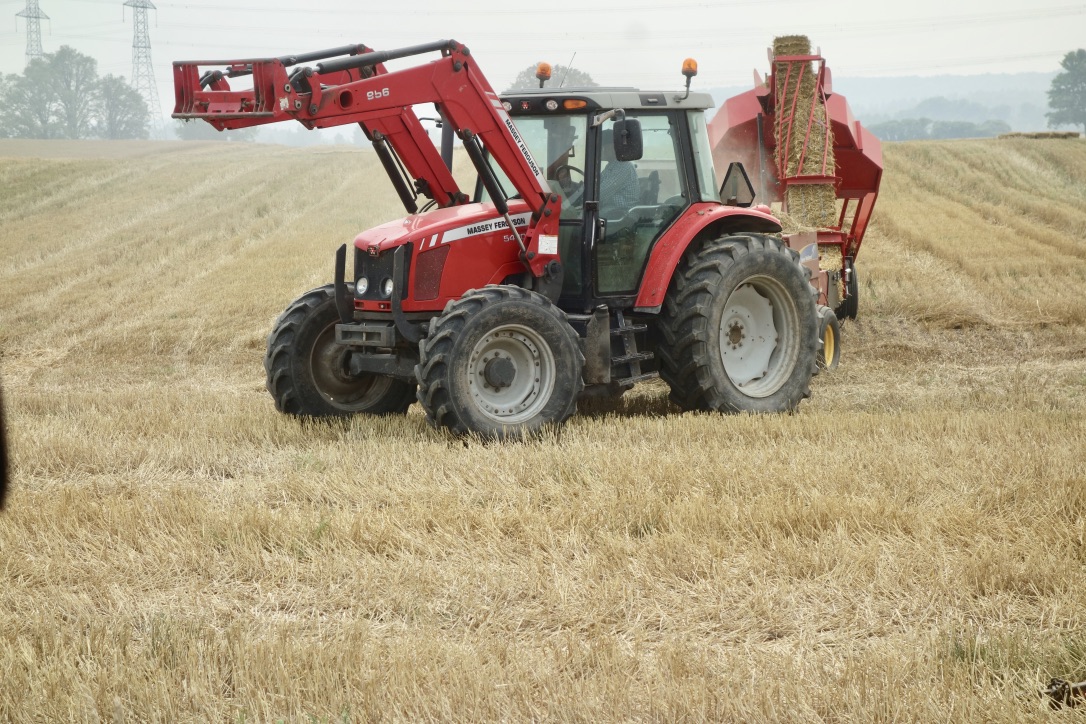
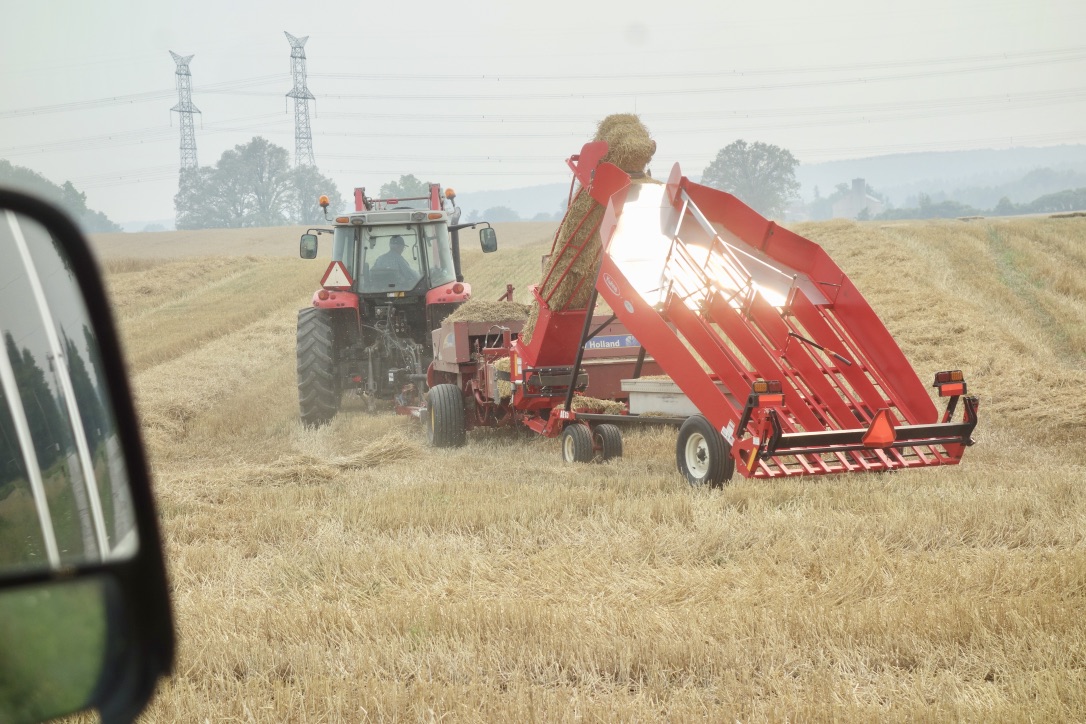
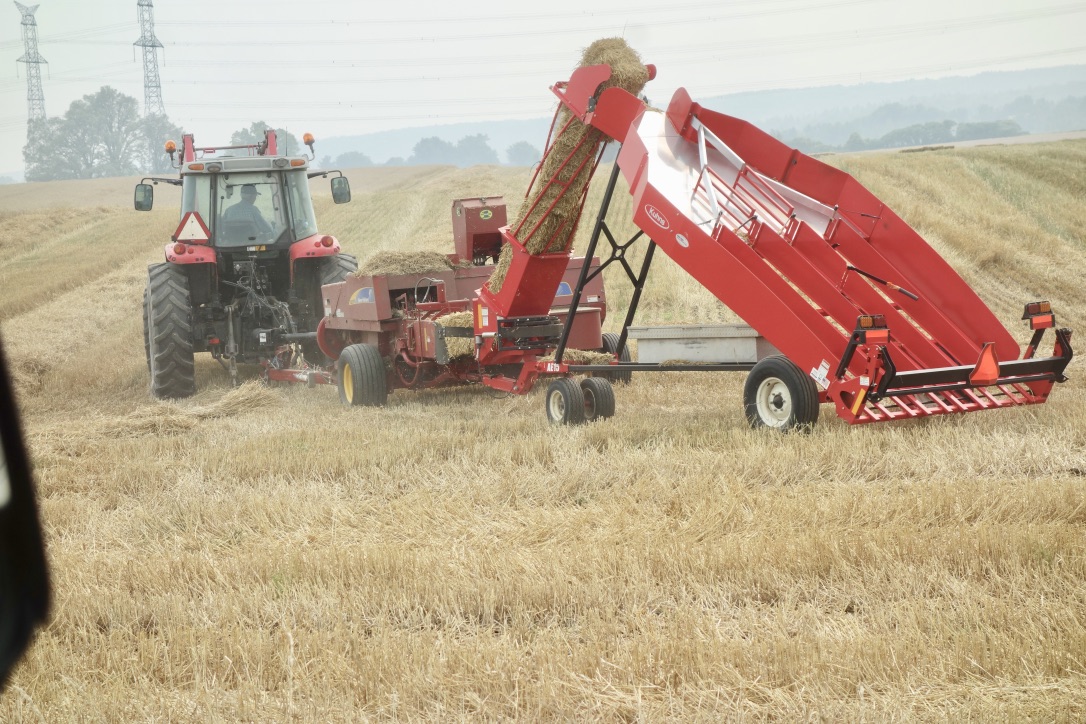


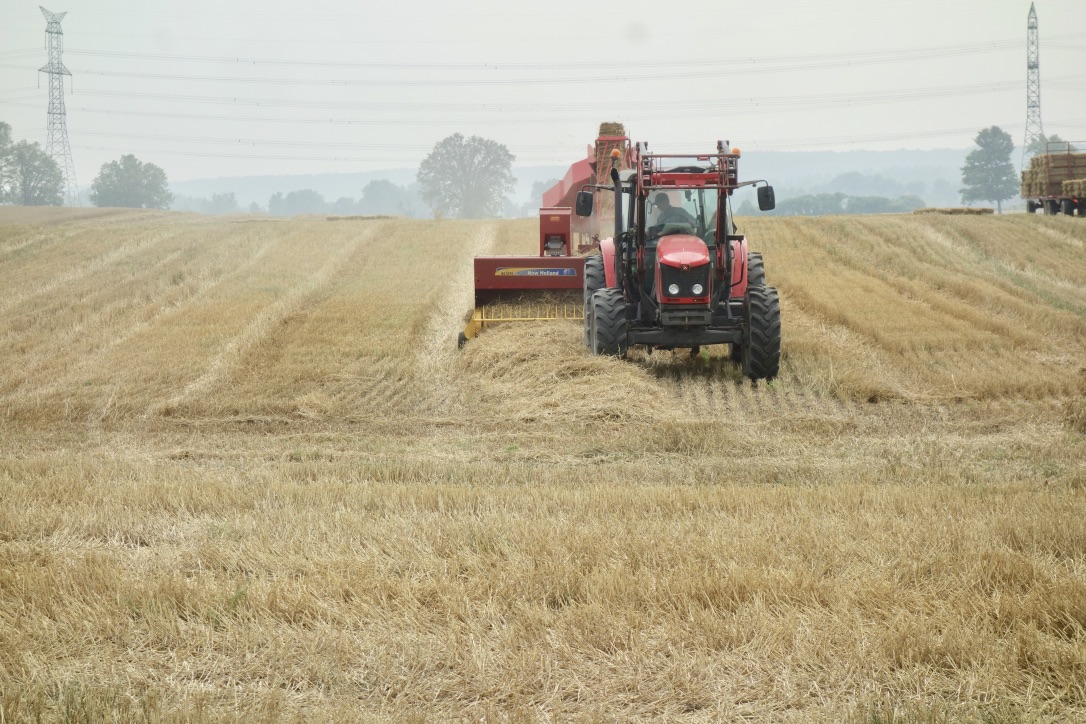

EPISODE 392 JUST IN CASE YOU ARE INTERESTED…TABLES ( sort of tables )
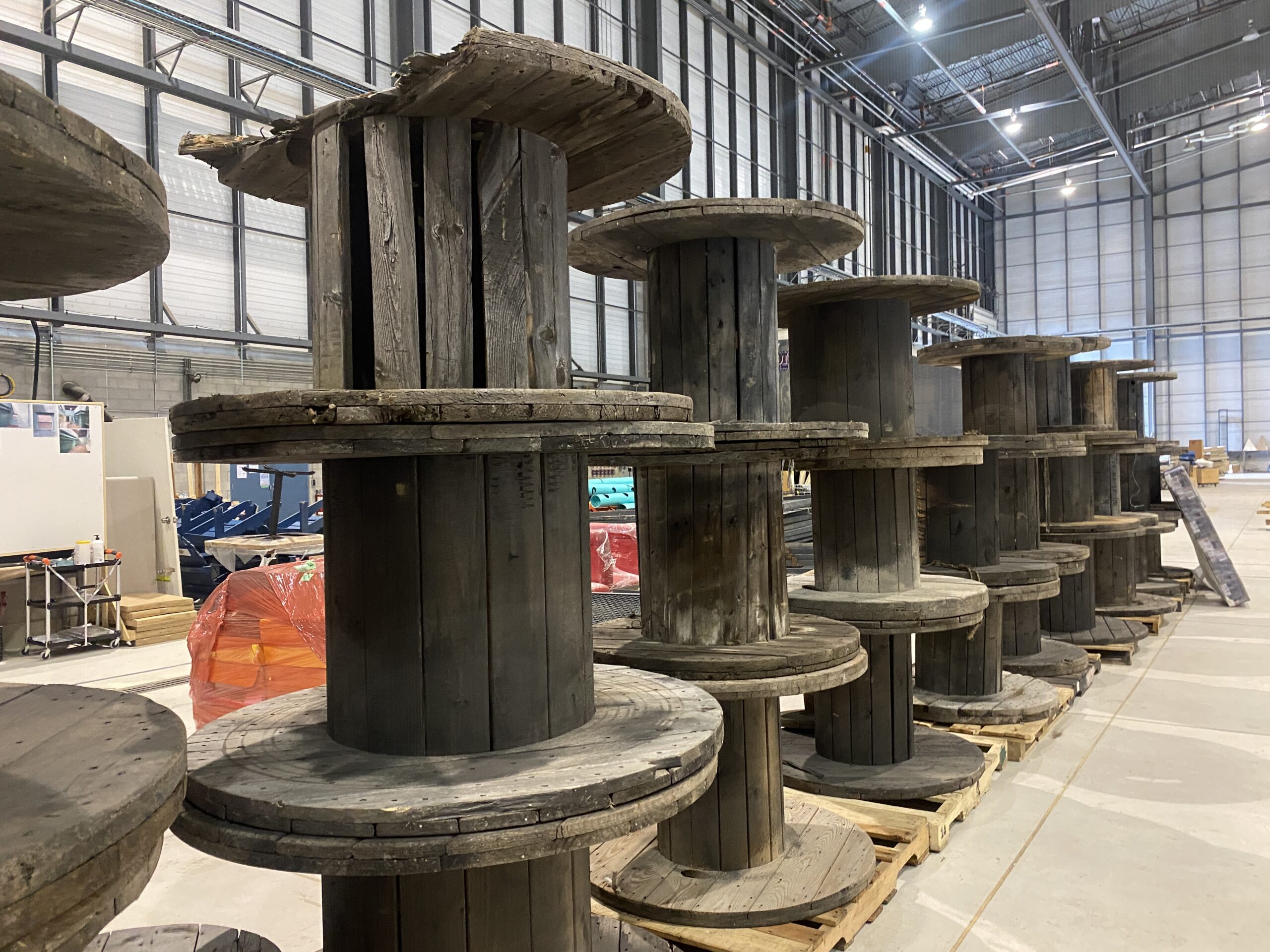
Episode 391 MOTION PICTURE TREASURES…(beaten and bashed like all of us)
EPISODE 391 MOTION PICTURE SET DRESSING TREASURES (matter of opinion)
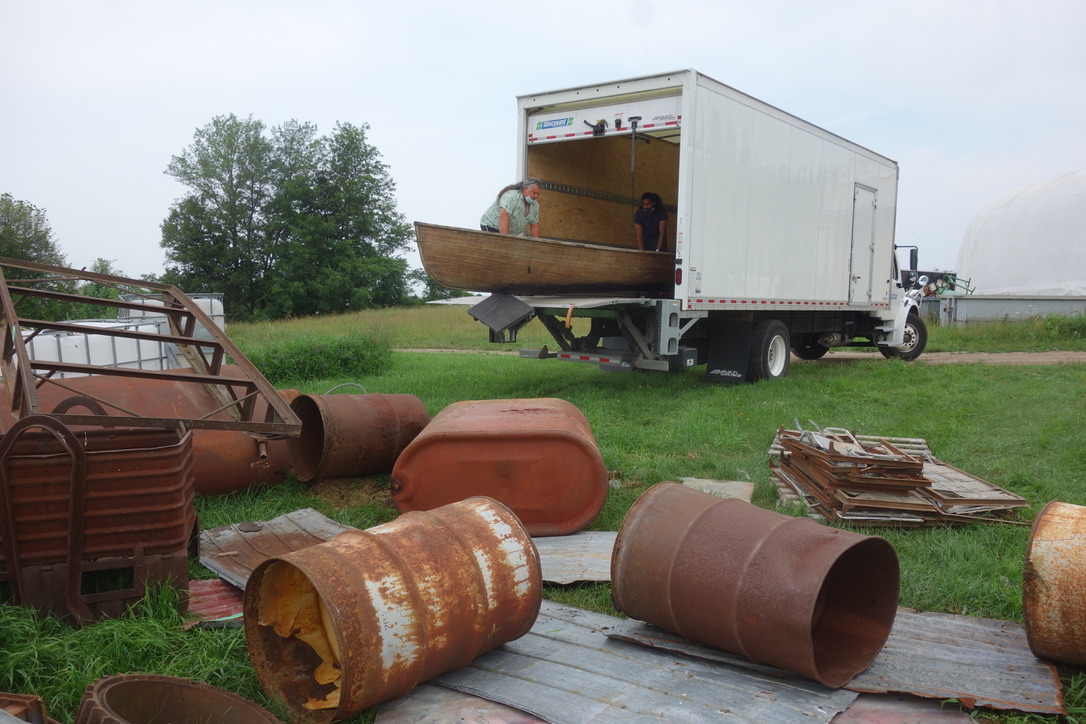
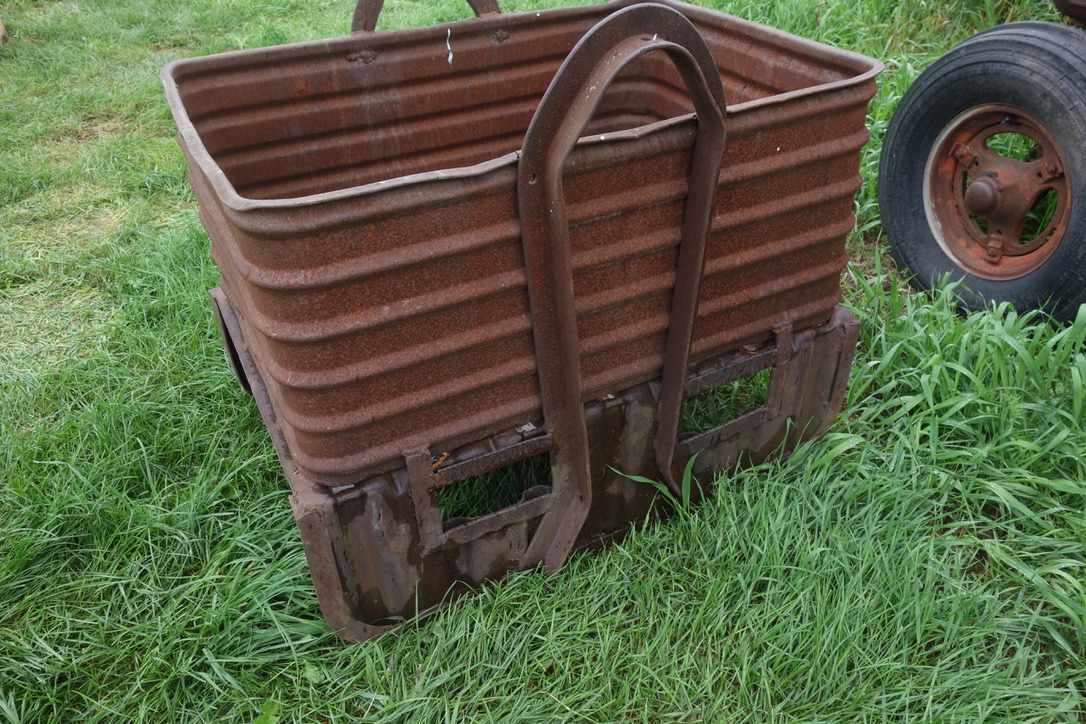
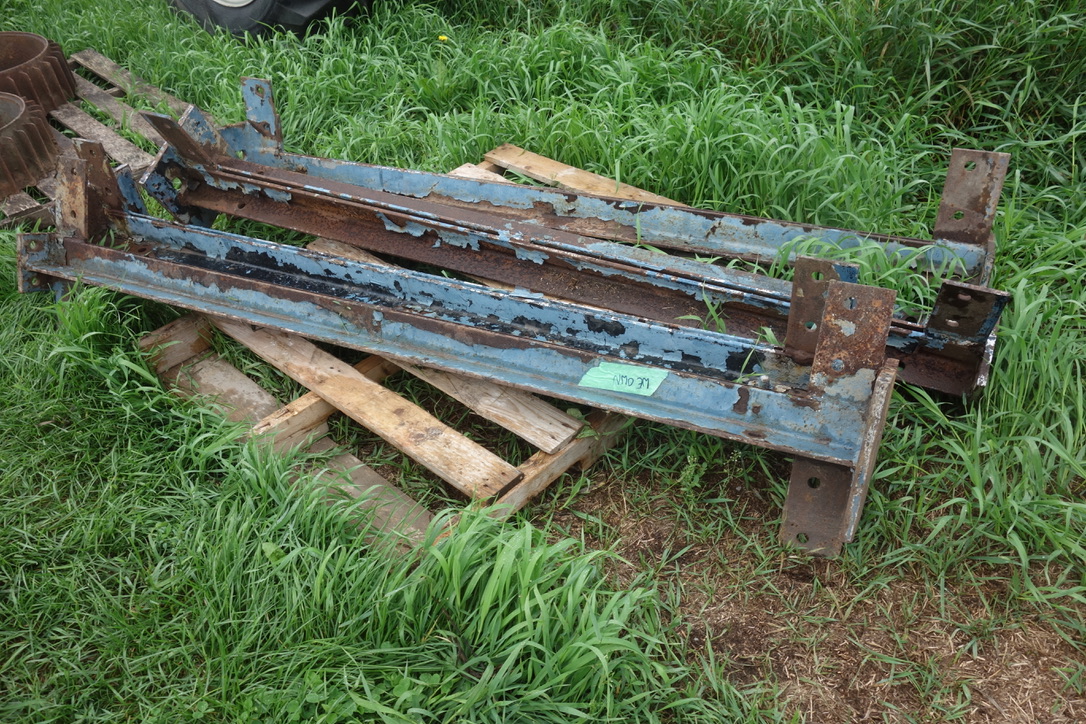
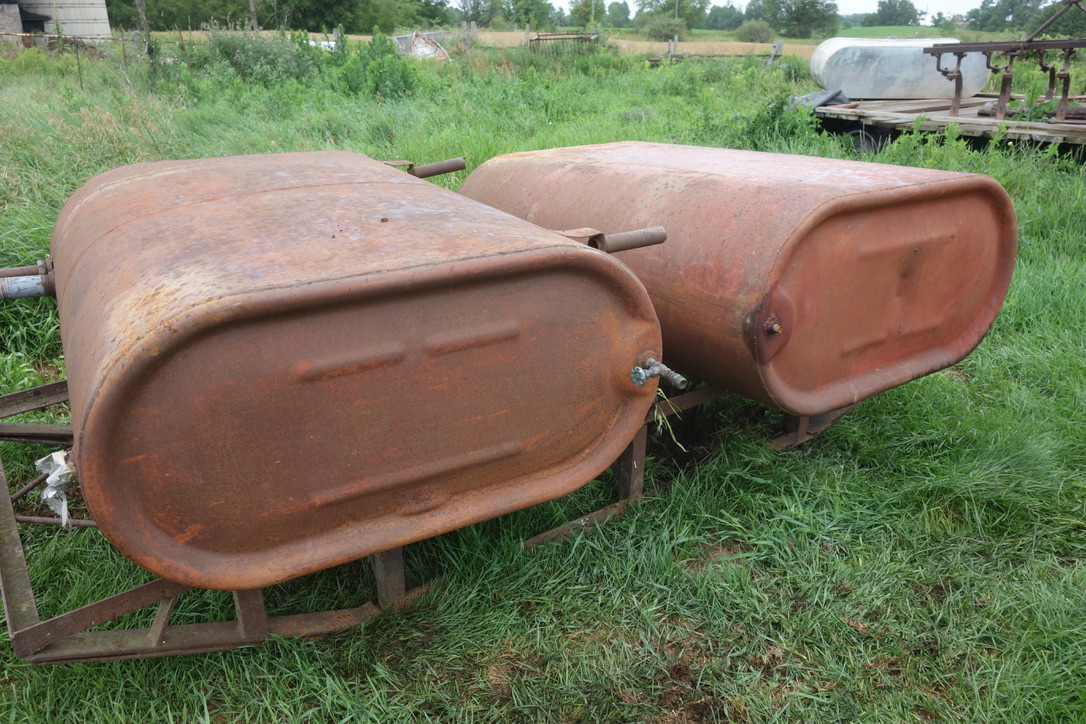
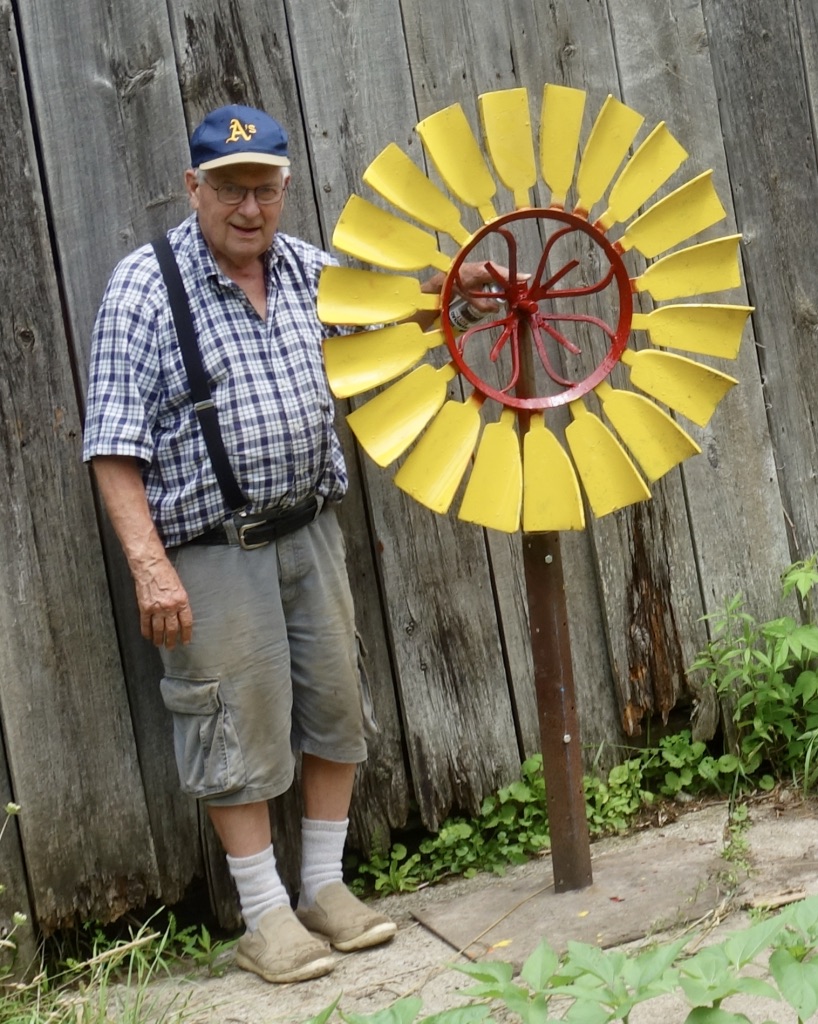

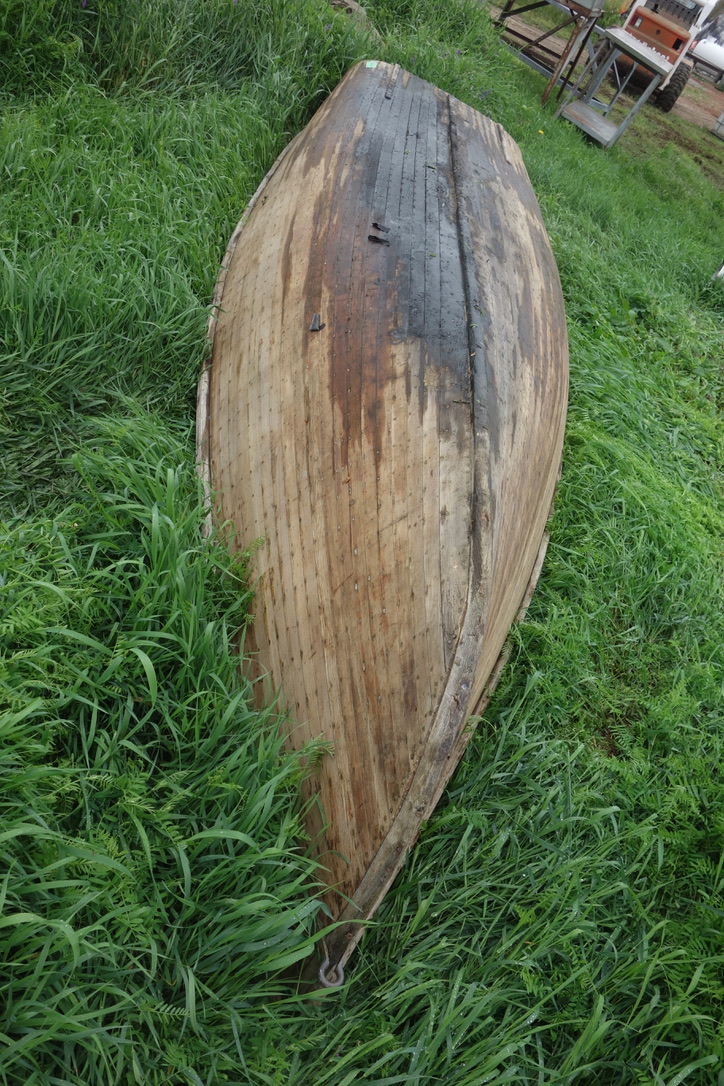
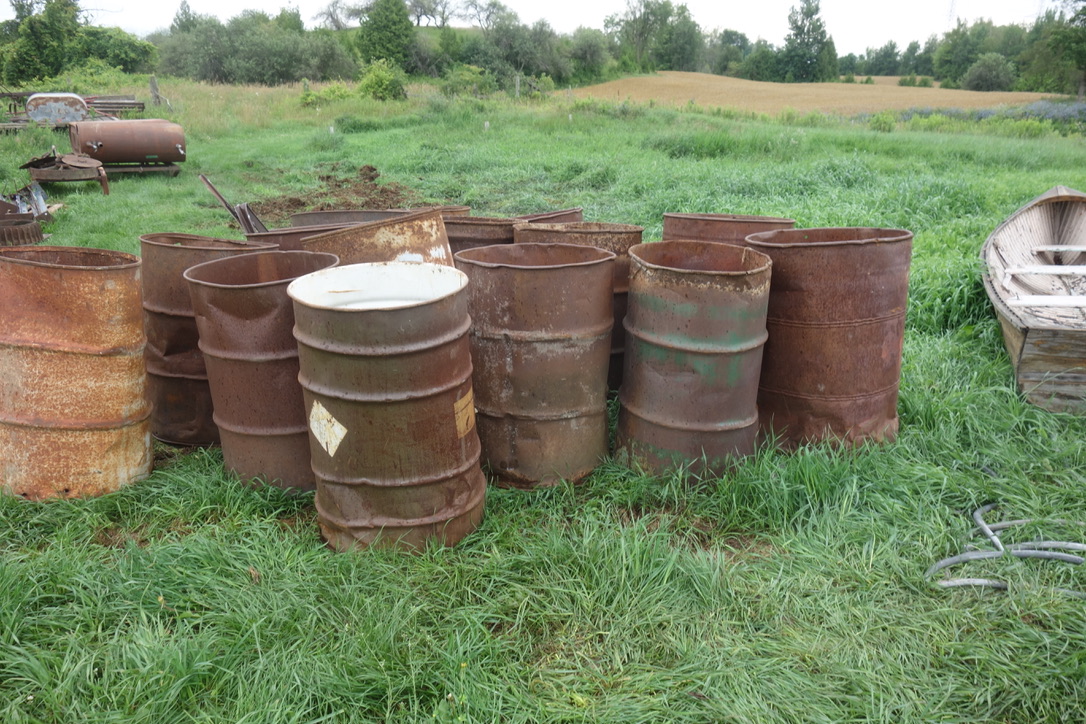
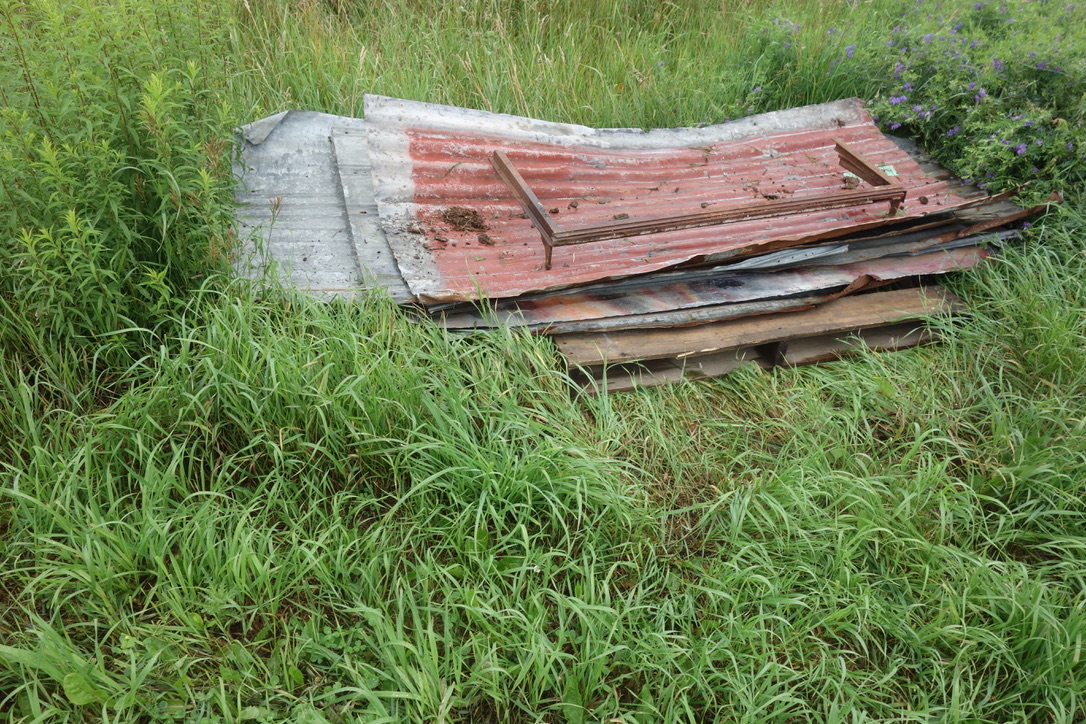

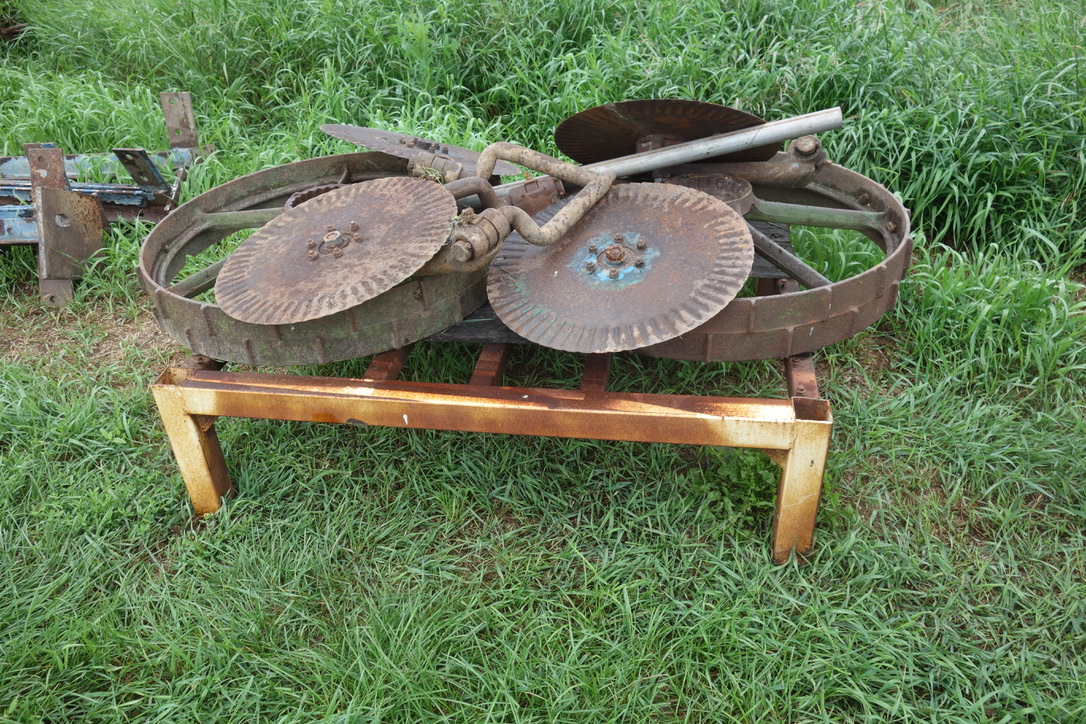

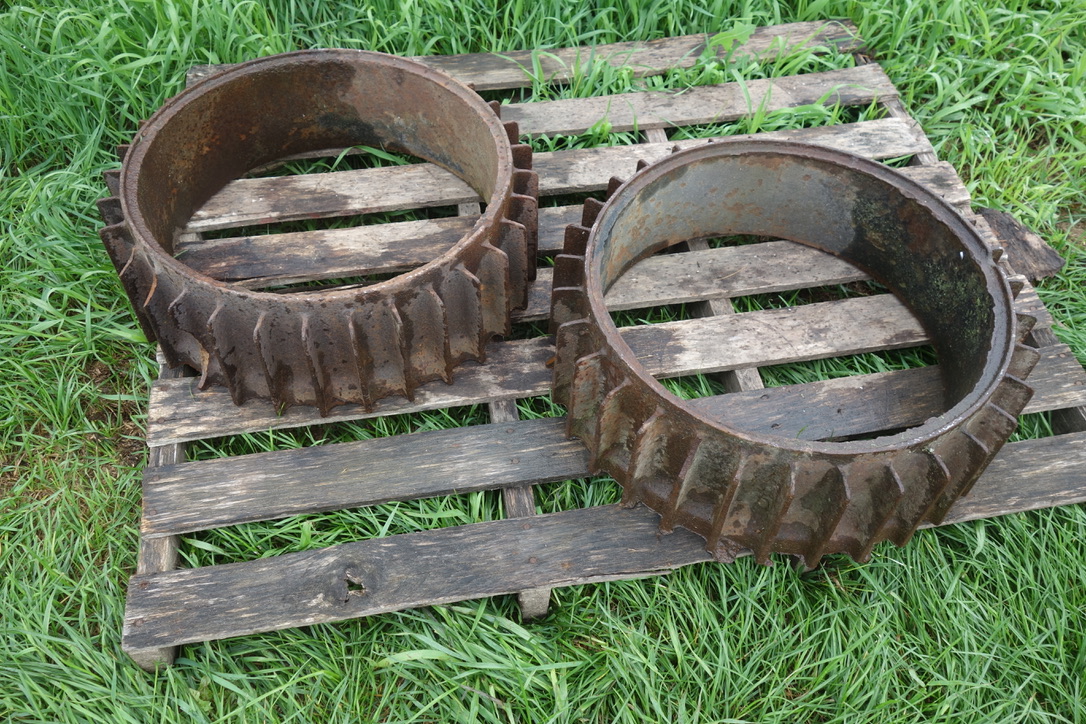

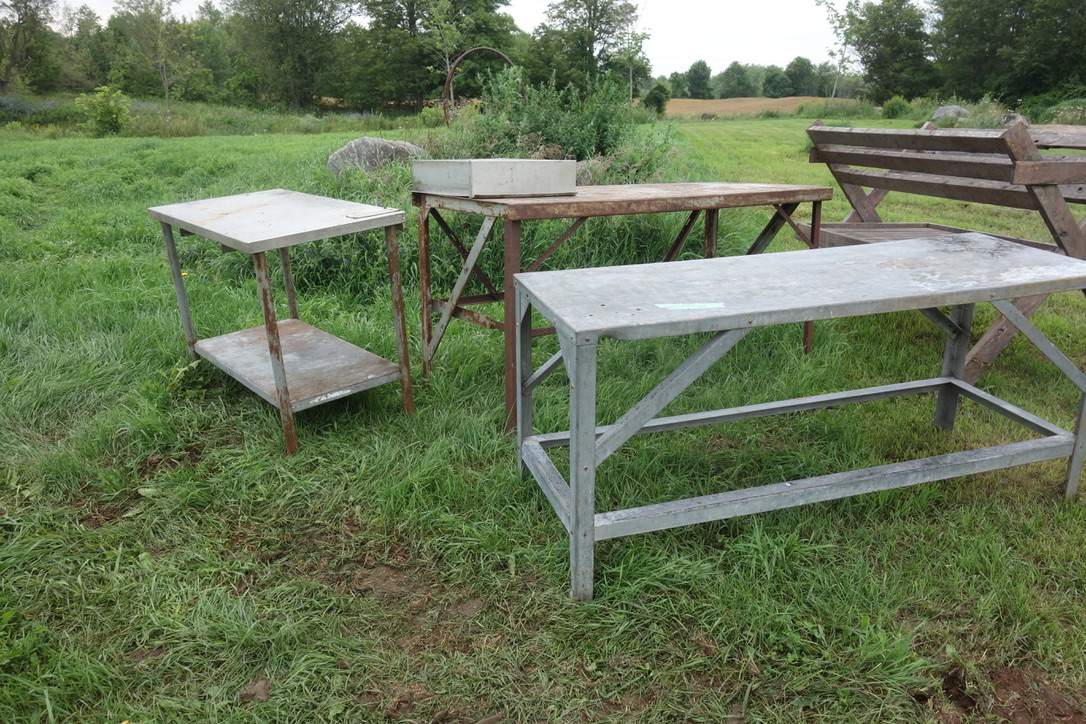
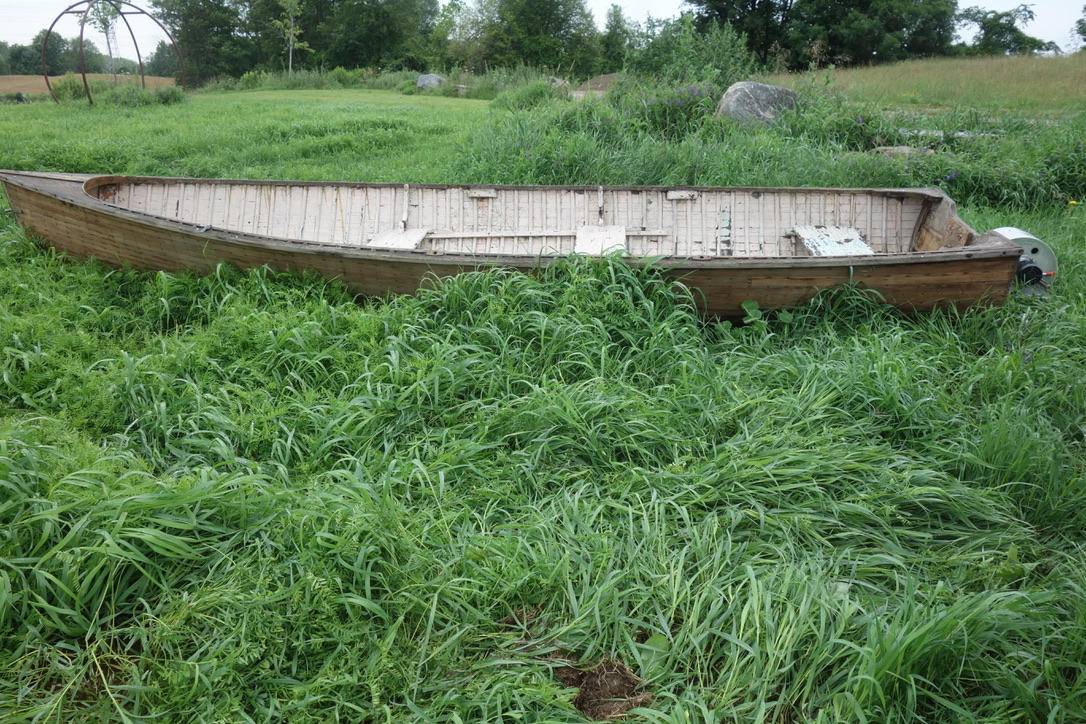
EPISODE 390 “PLANTING A SUN FLOWER THAT WILL NEVER DIE” (With help from Bill Brooks)

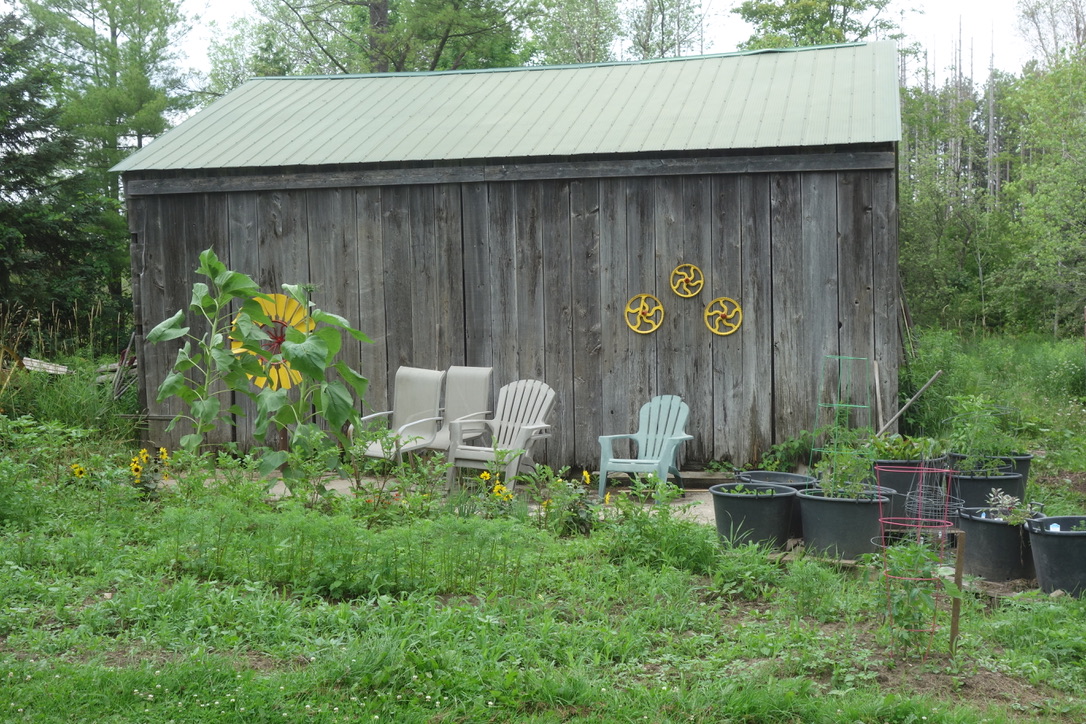
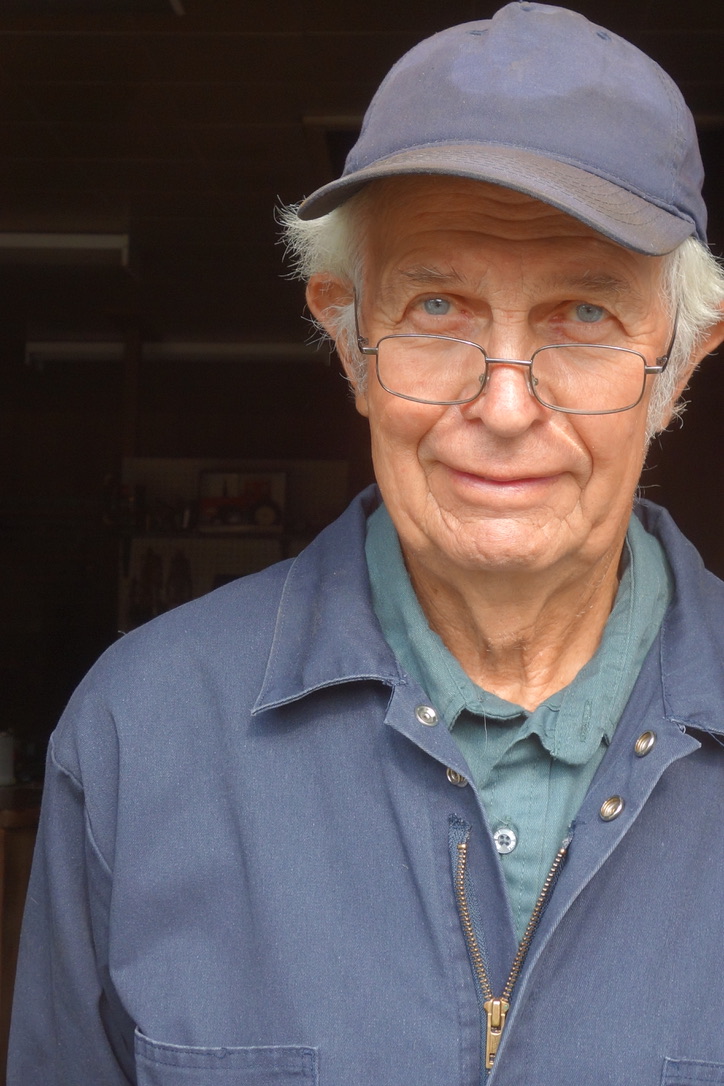

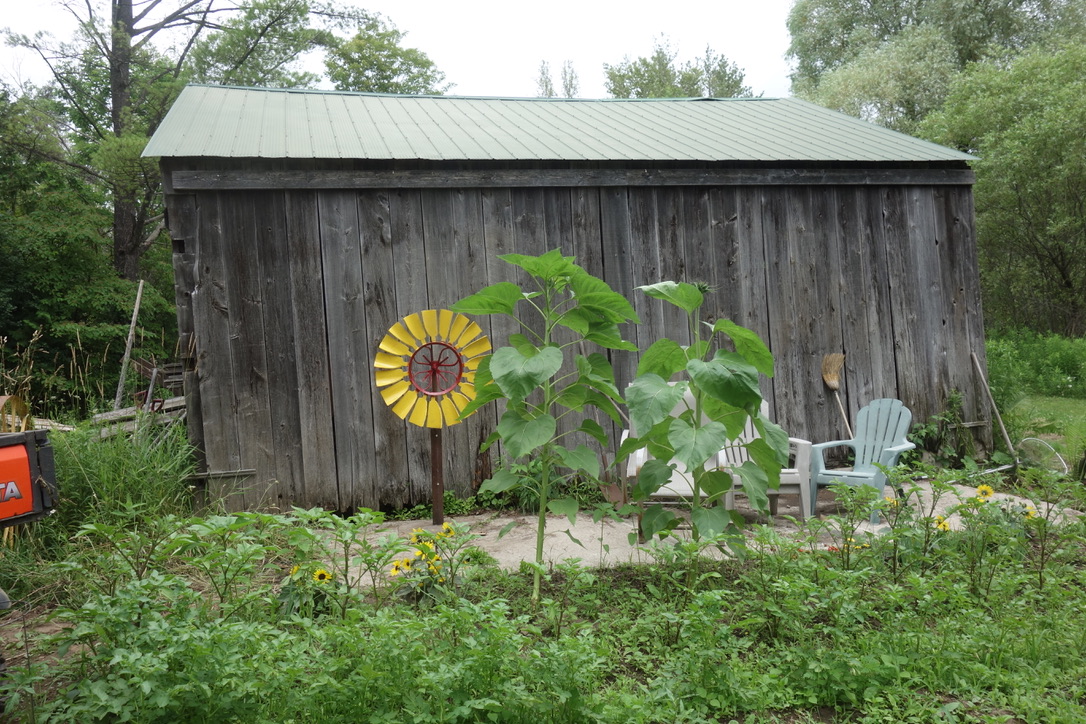



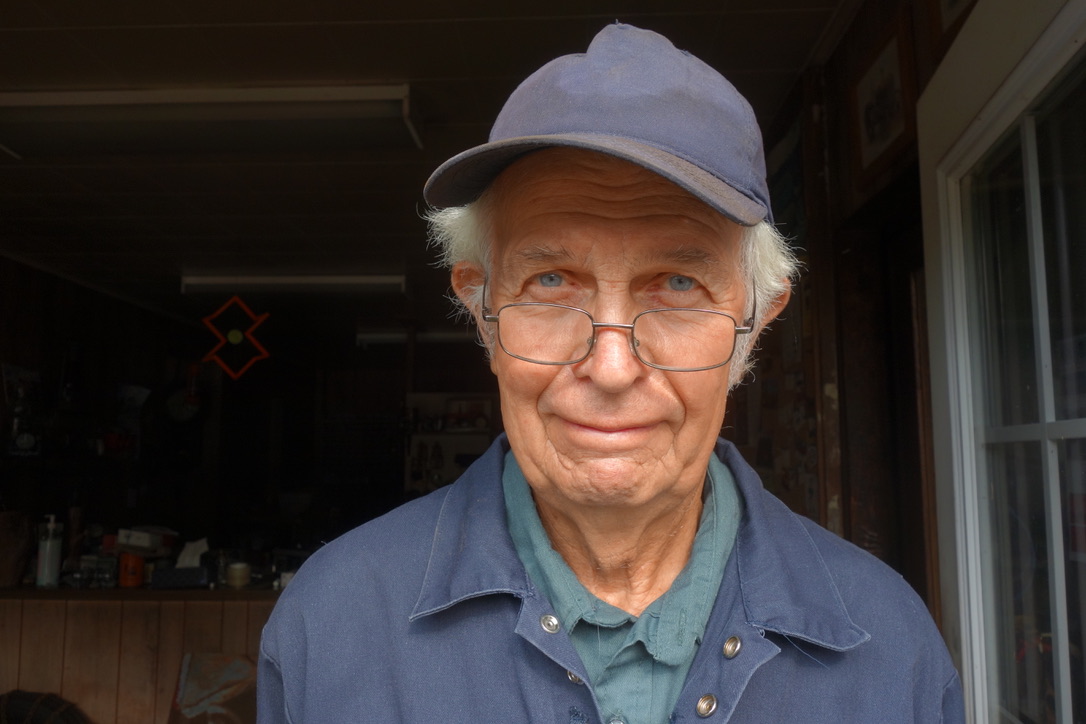






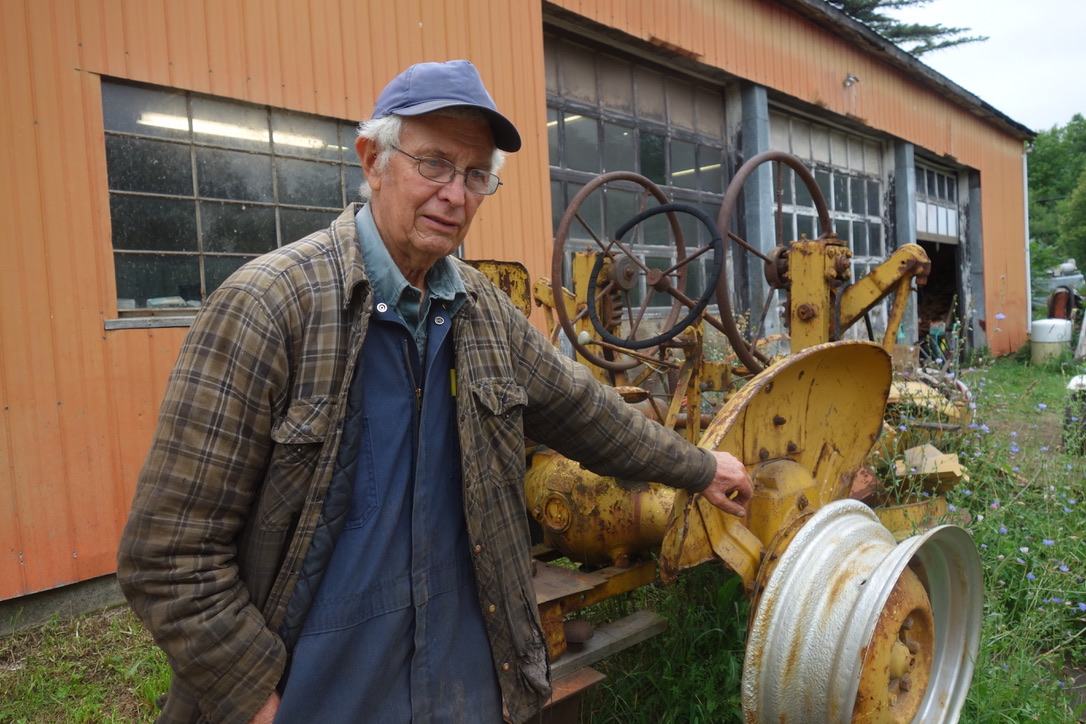
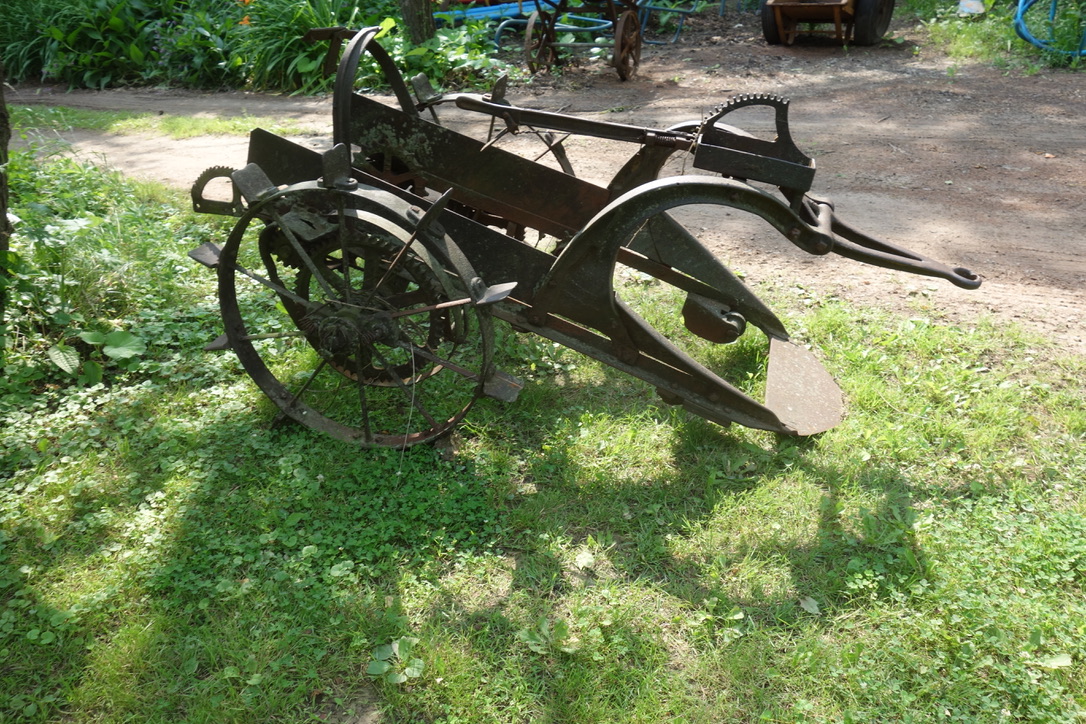
EPISODE 390 “PLANTING A SUN FLOWER THAT WILL NEVER DIE” (With help from Bill Brooks)
